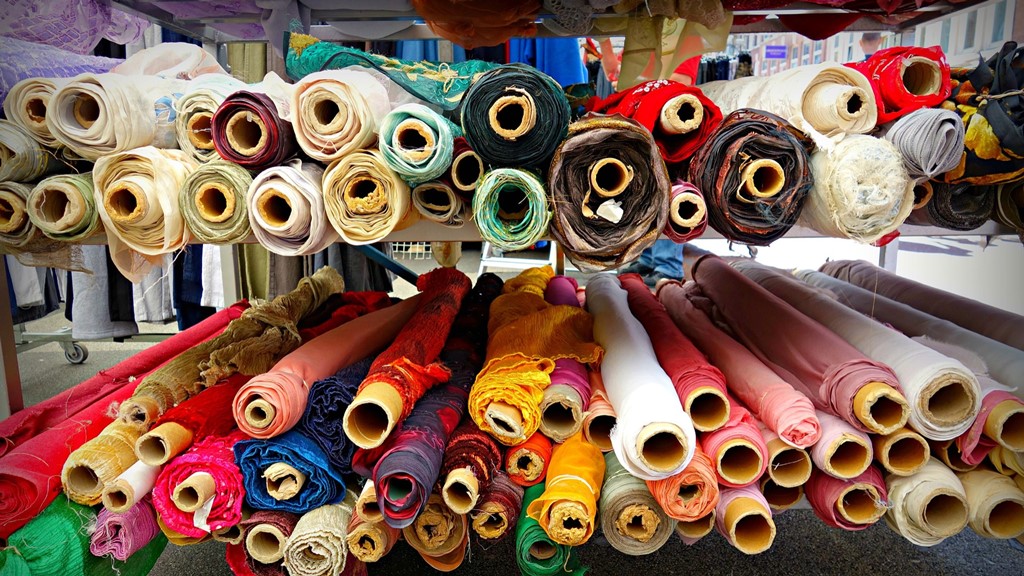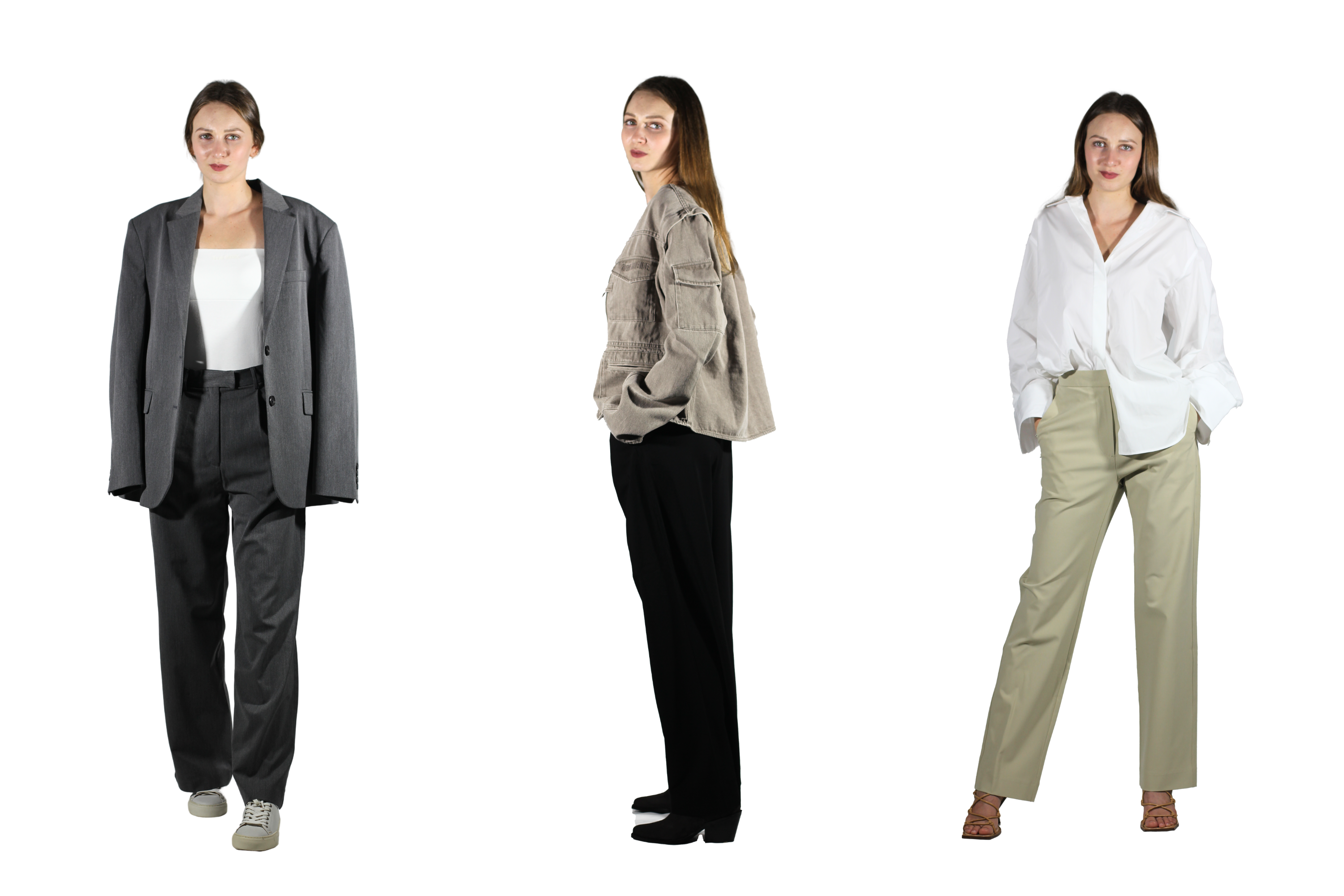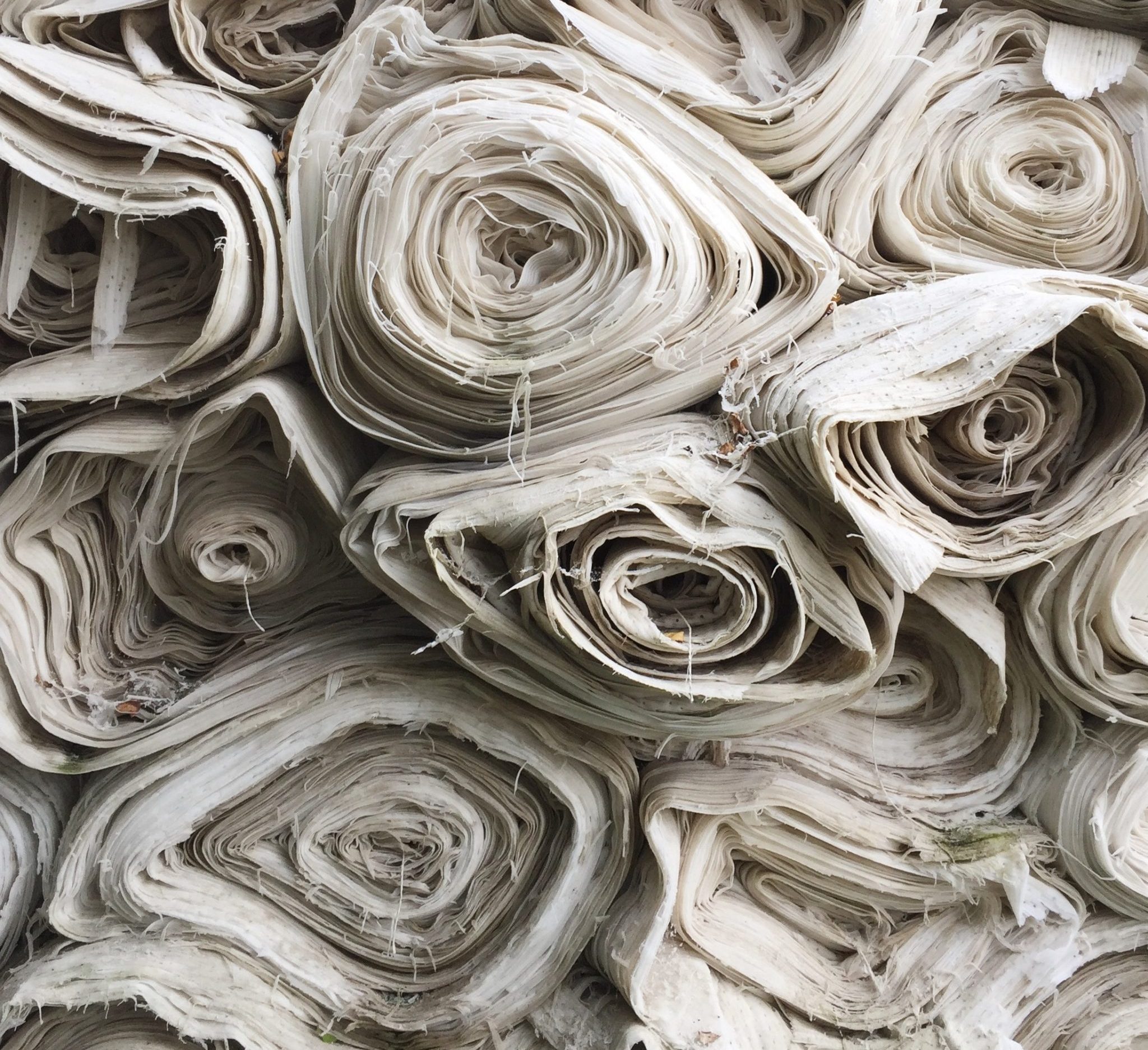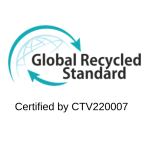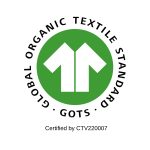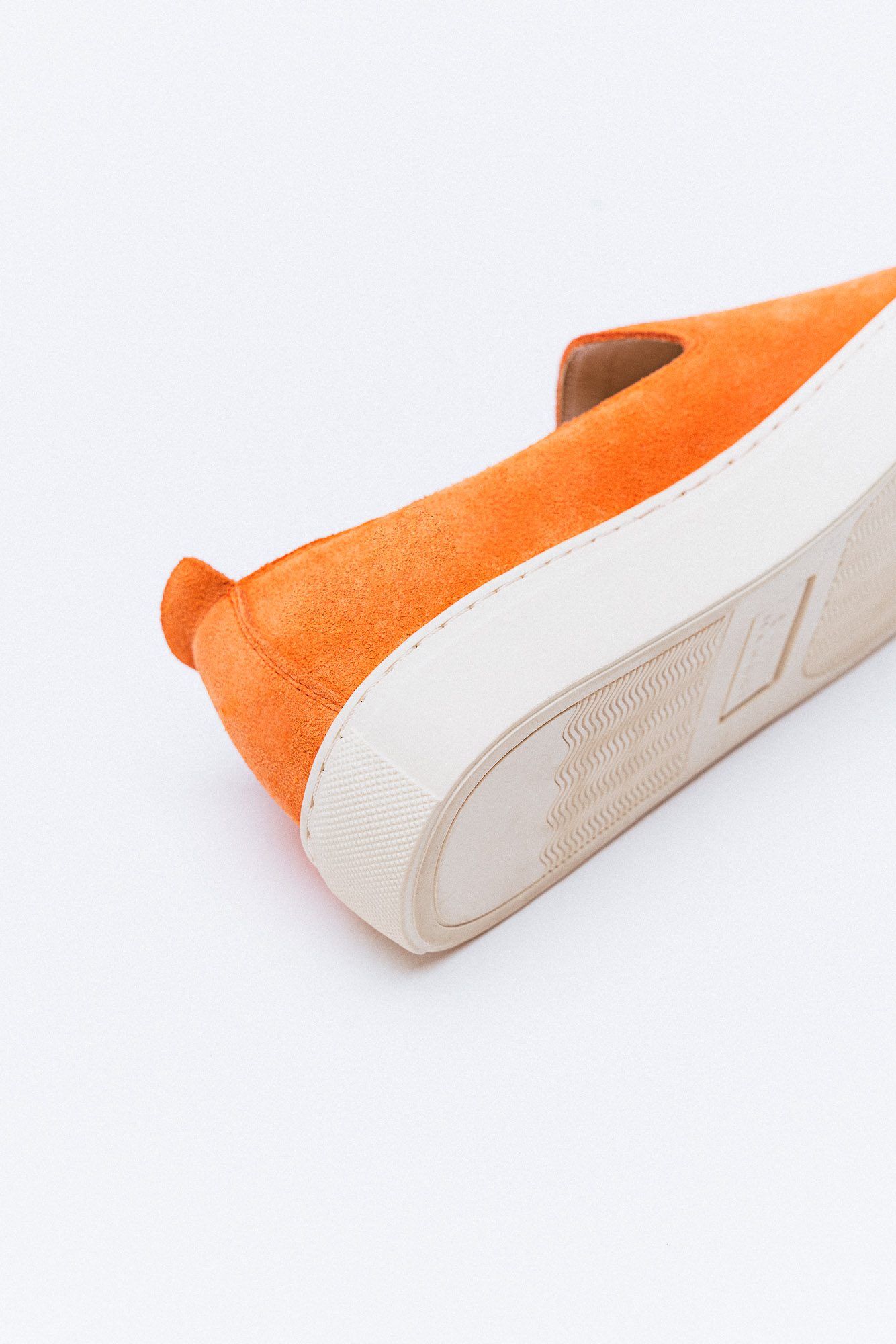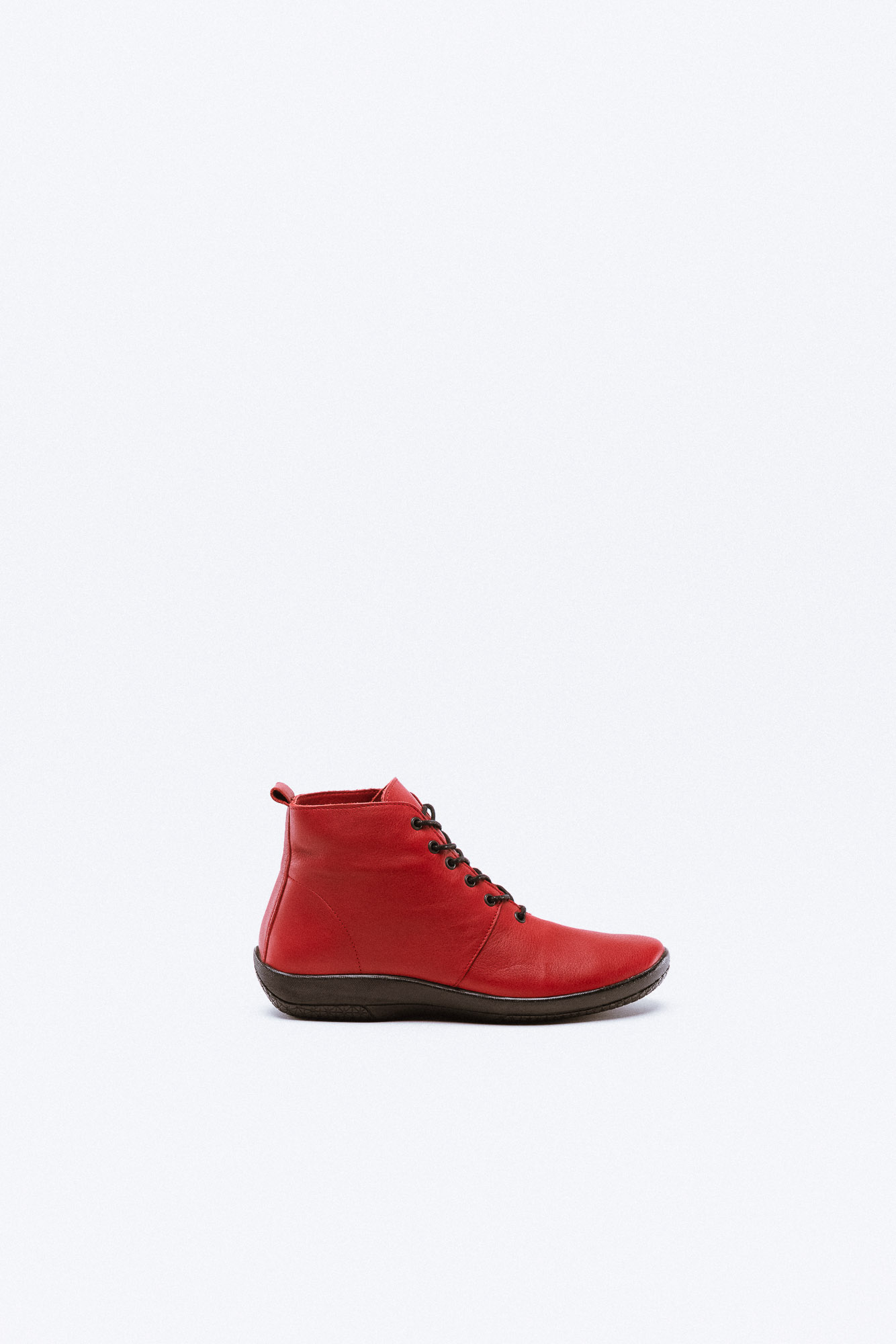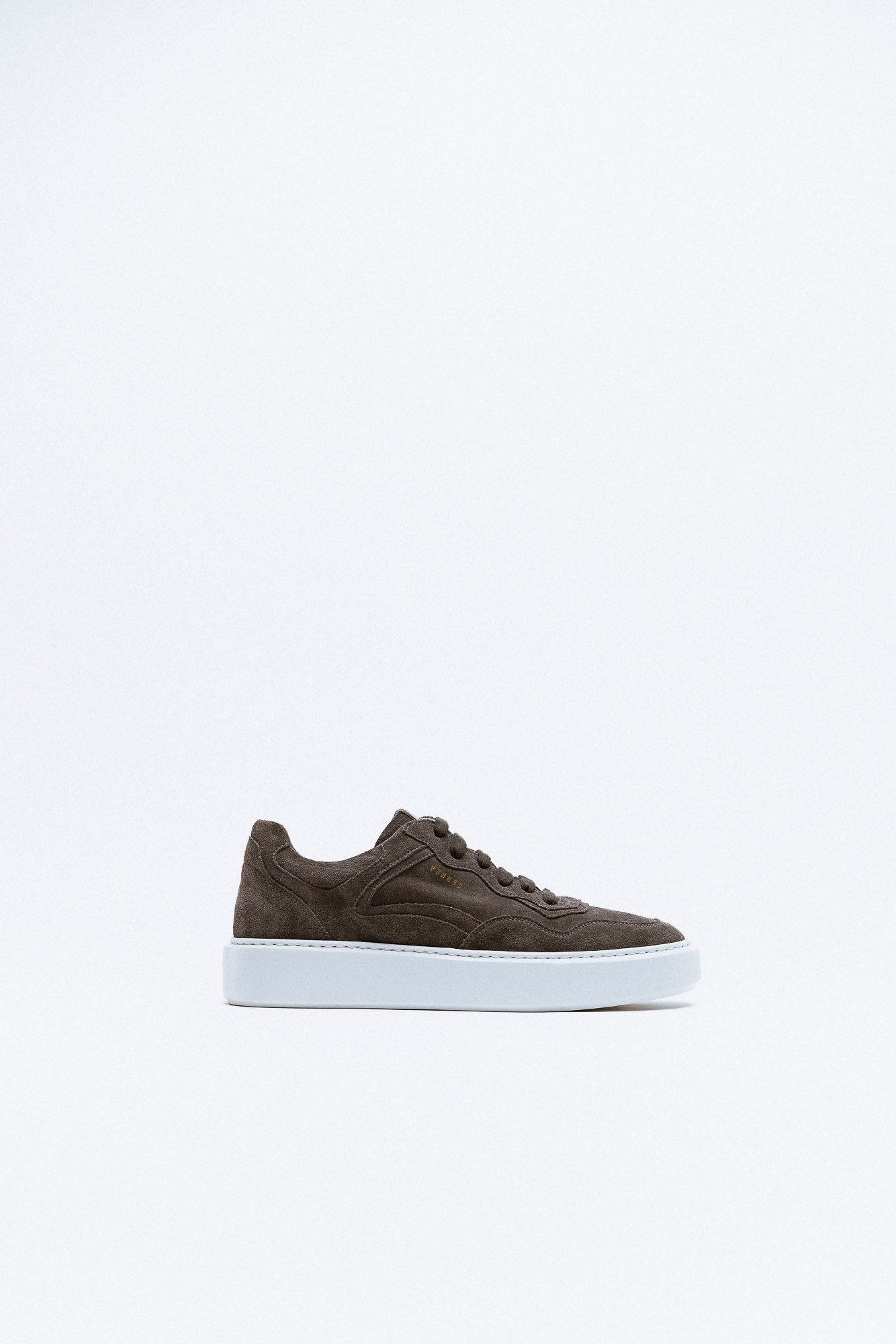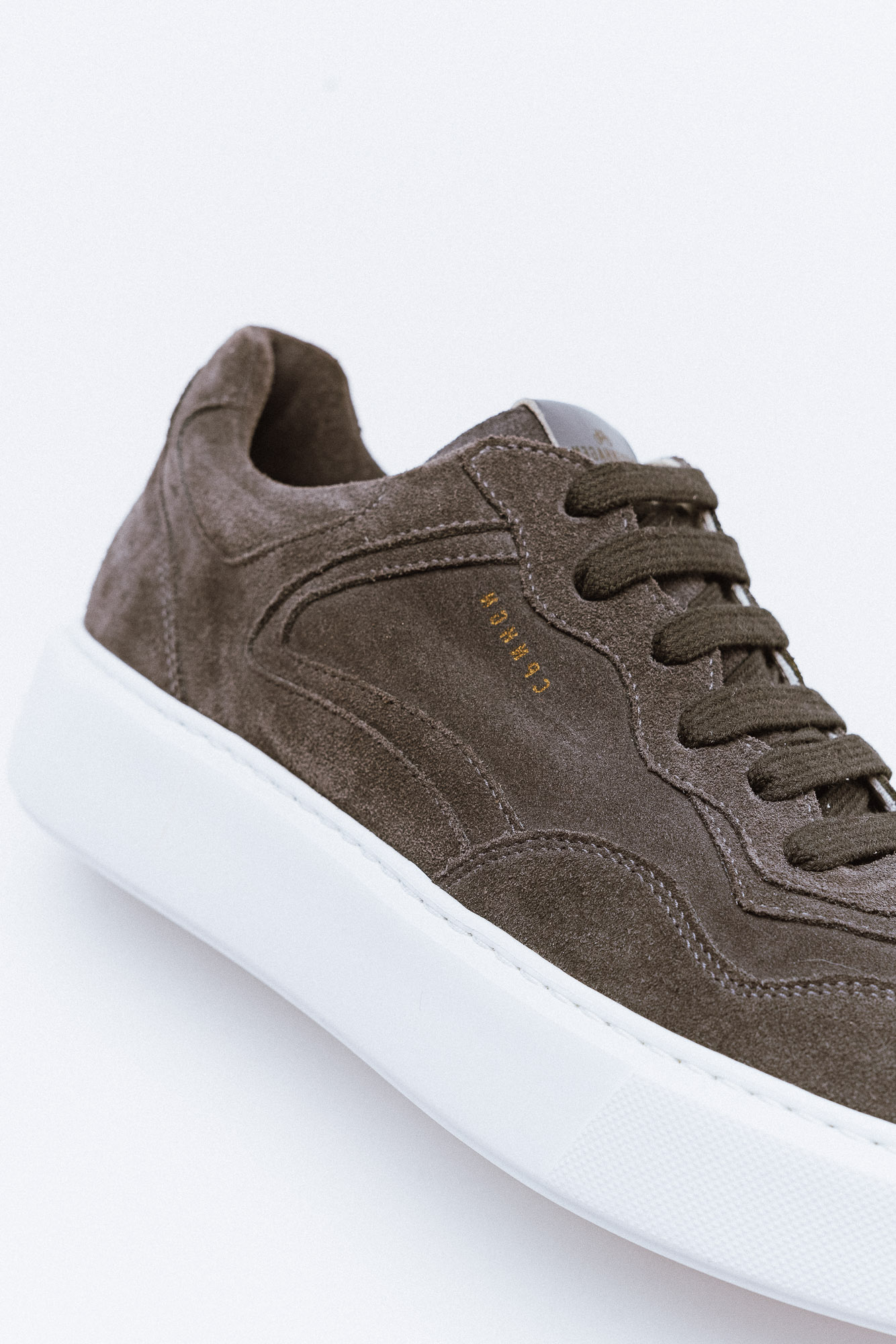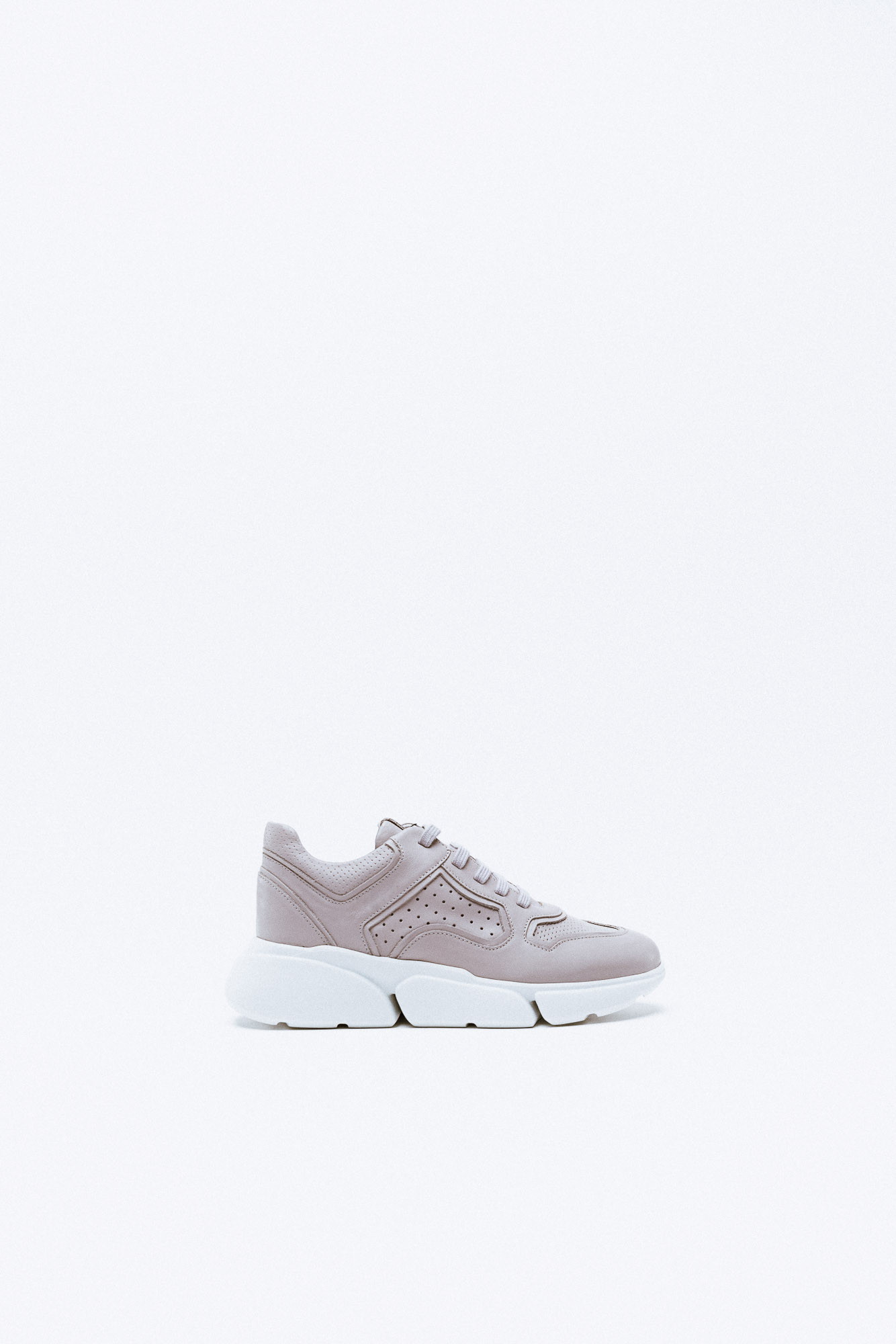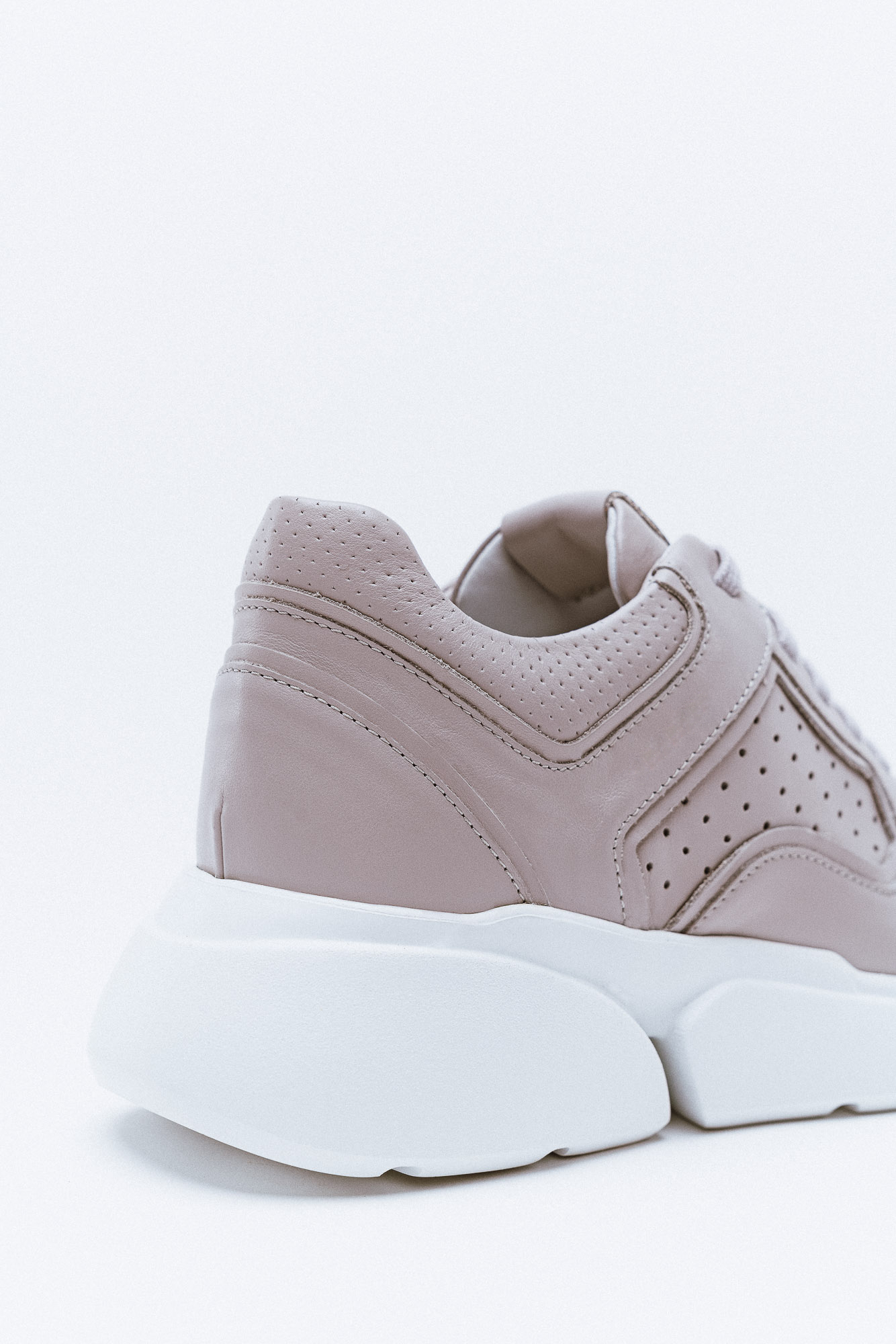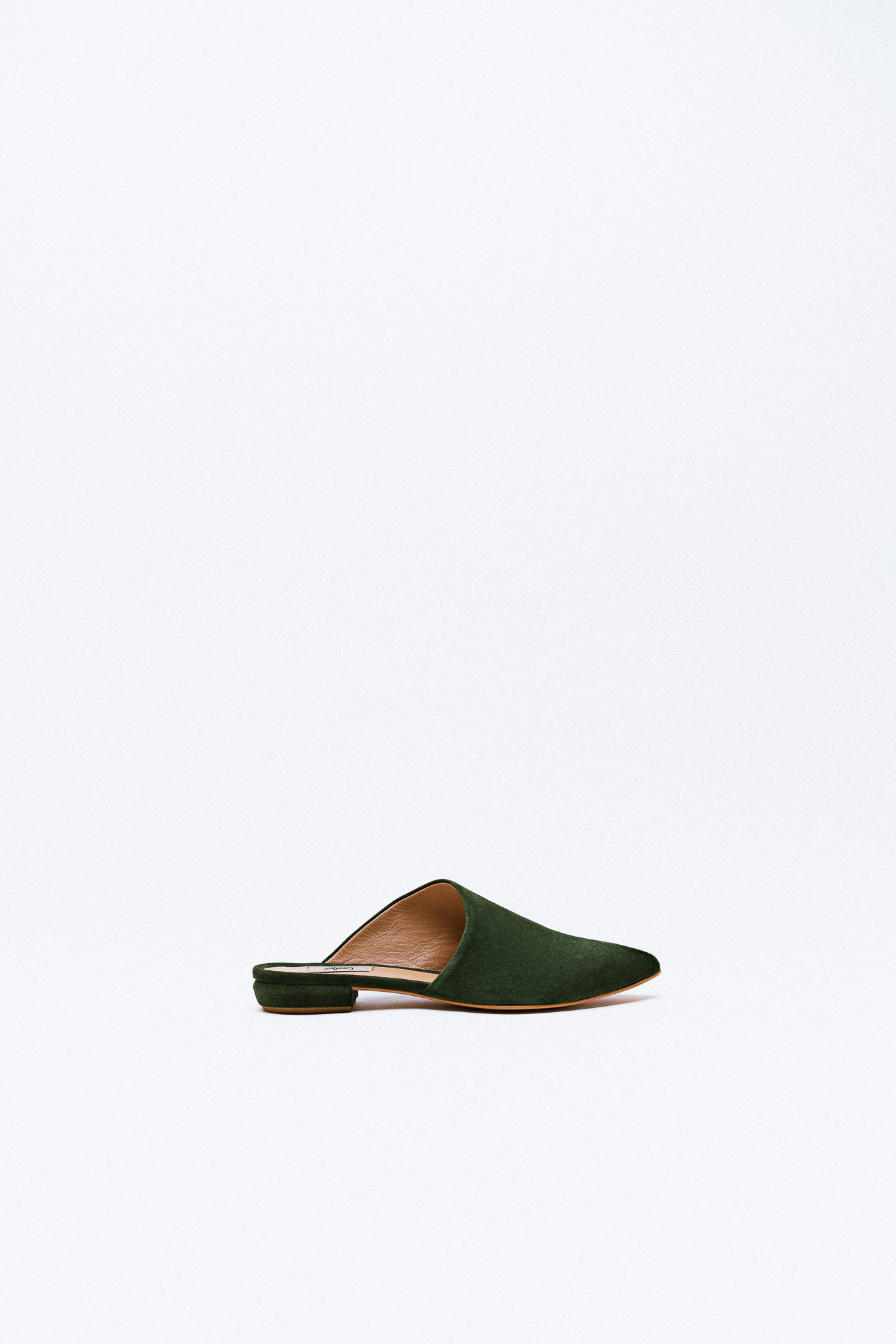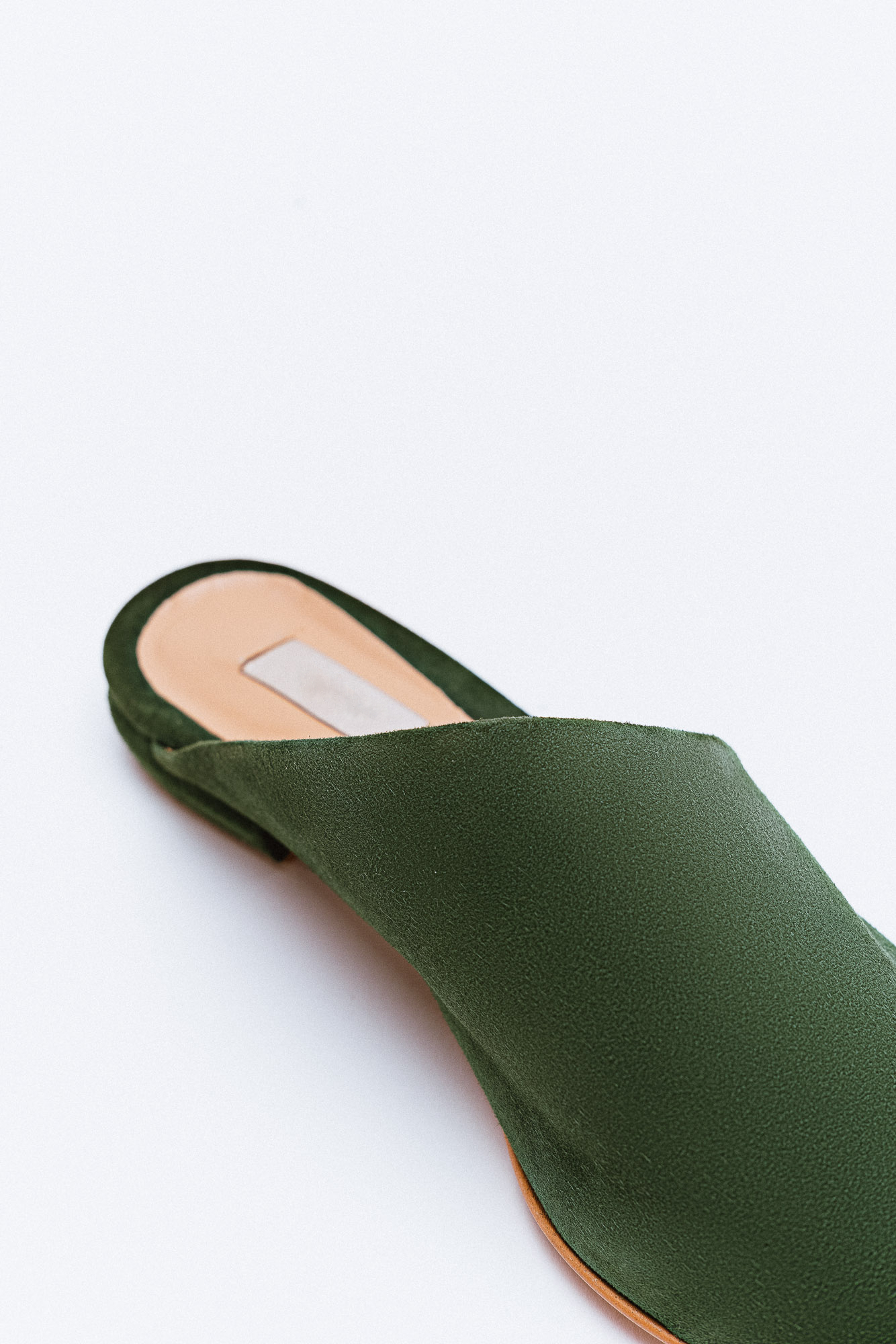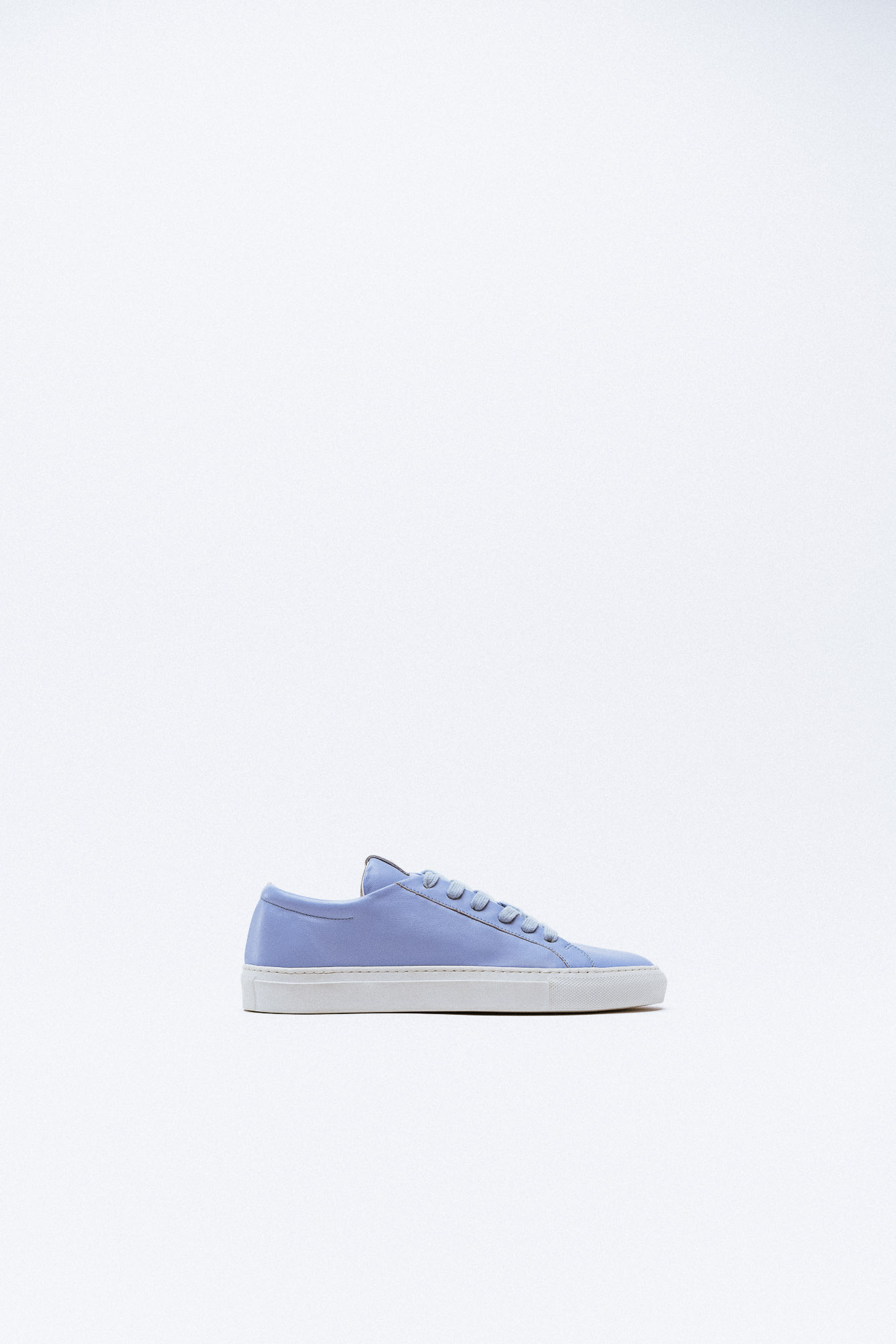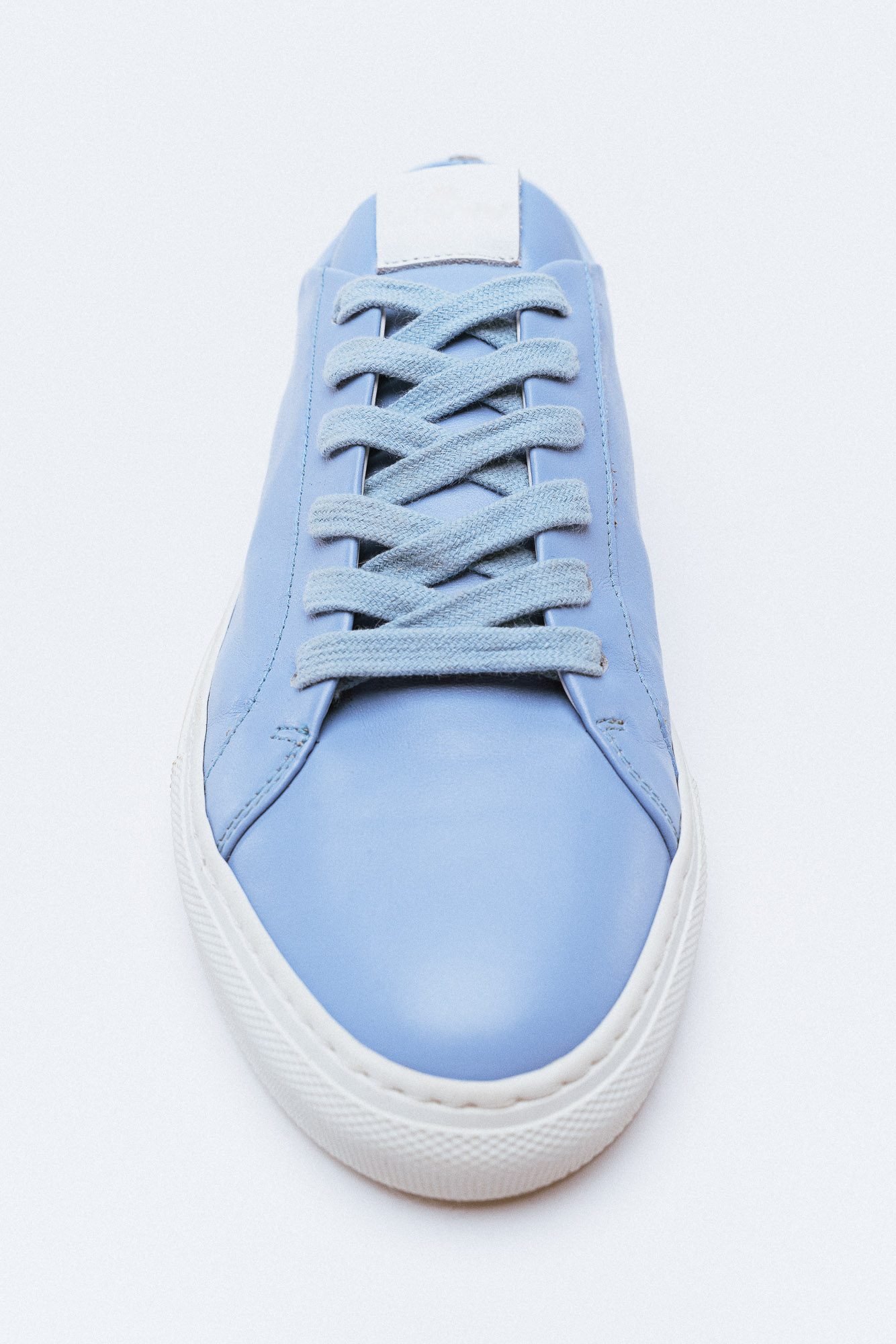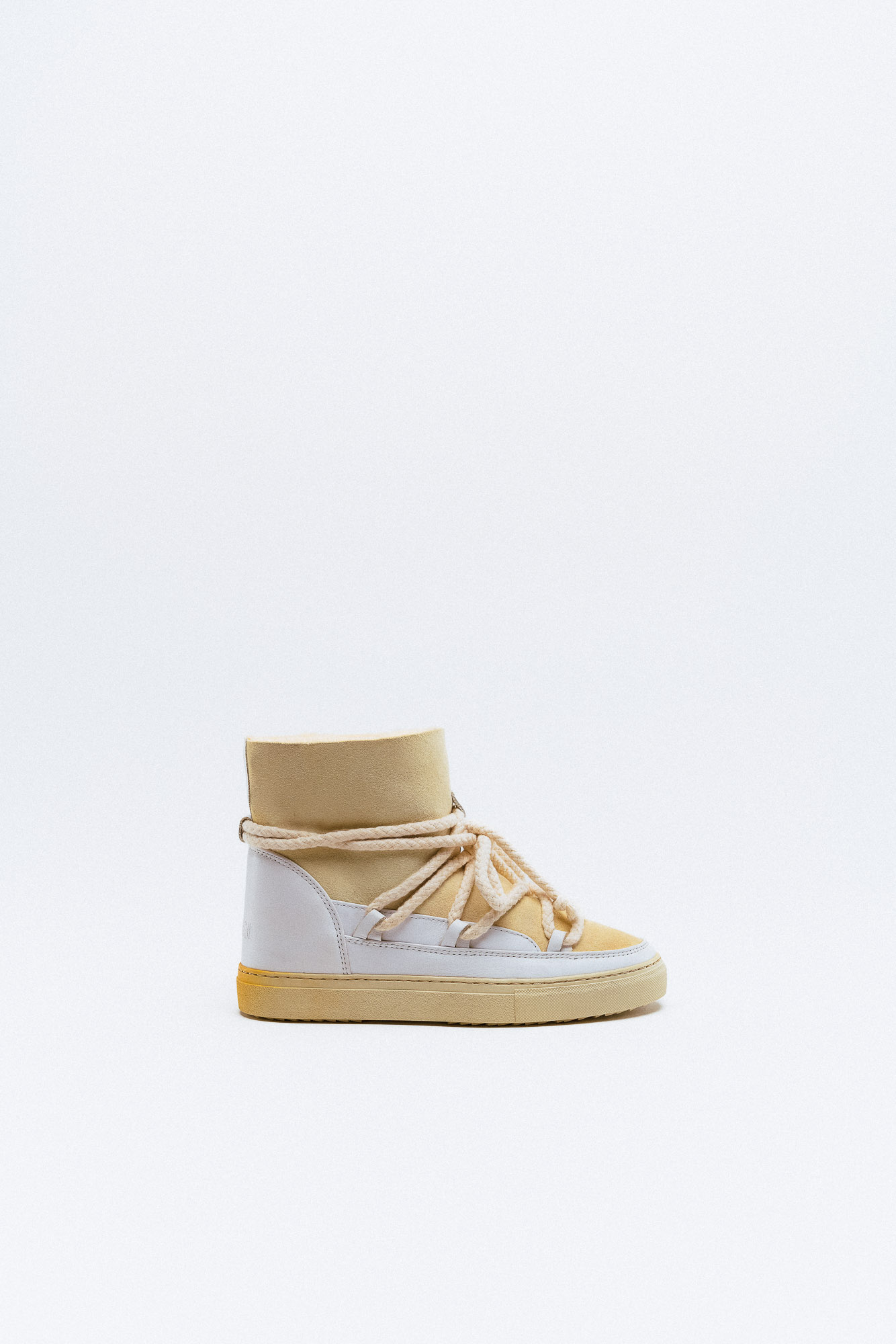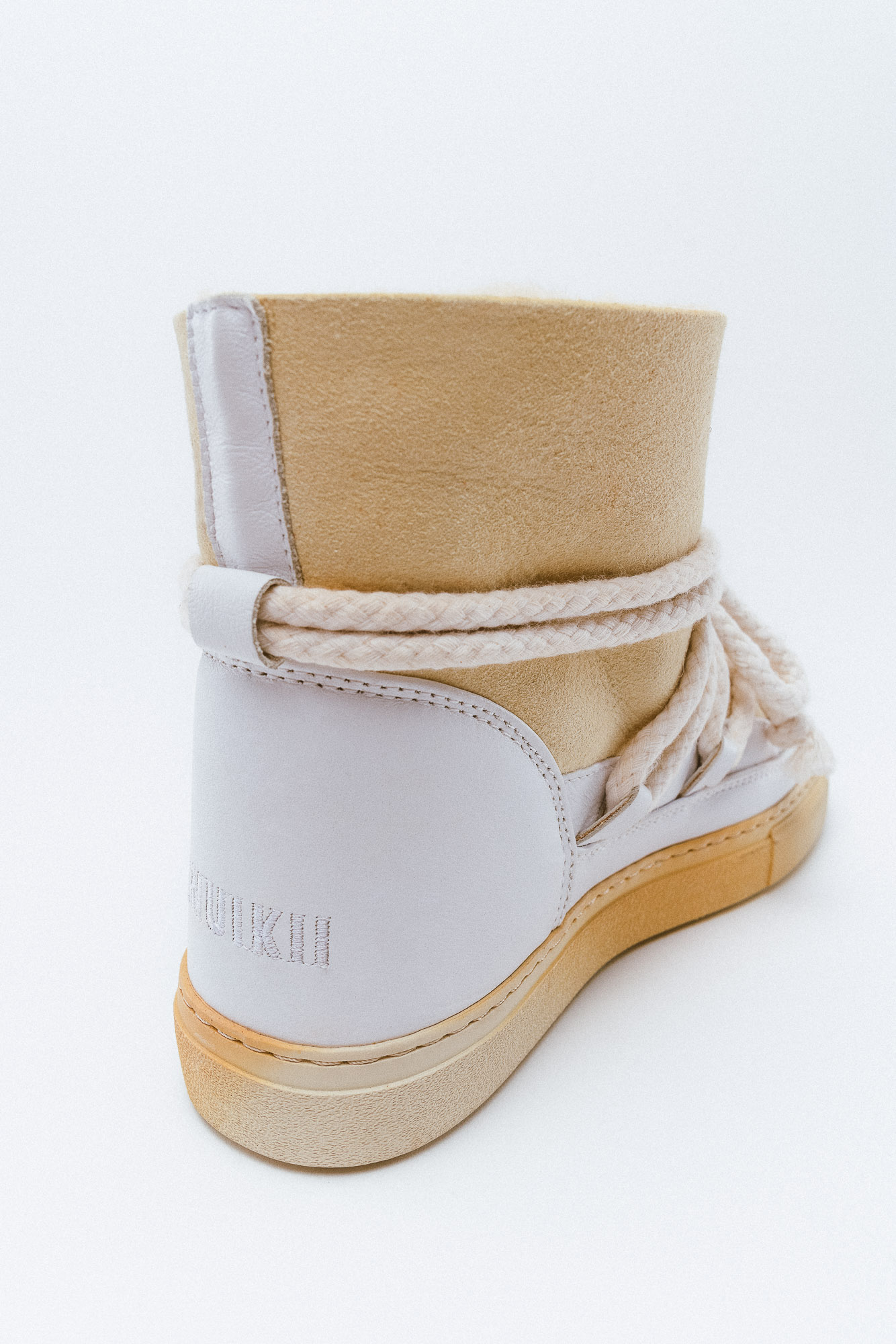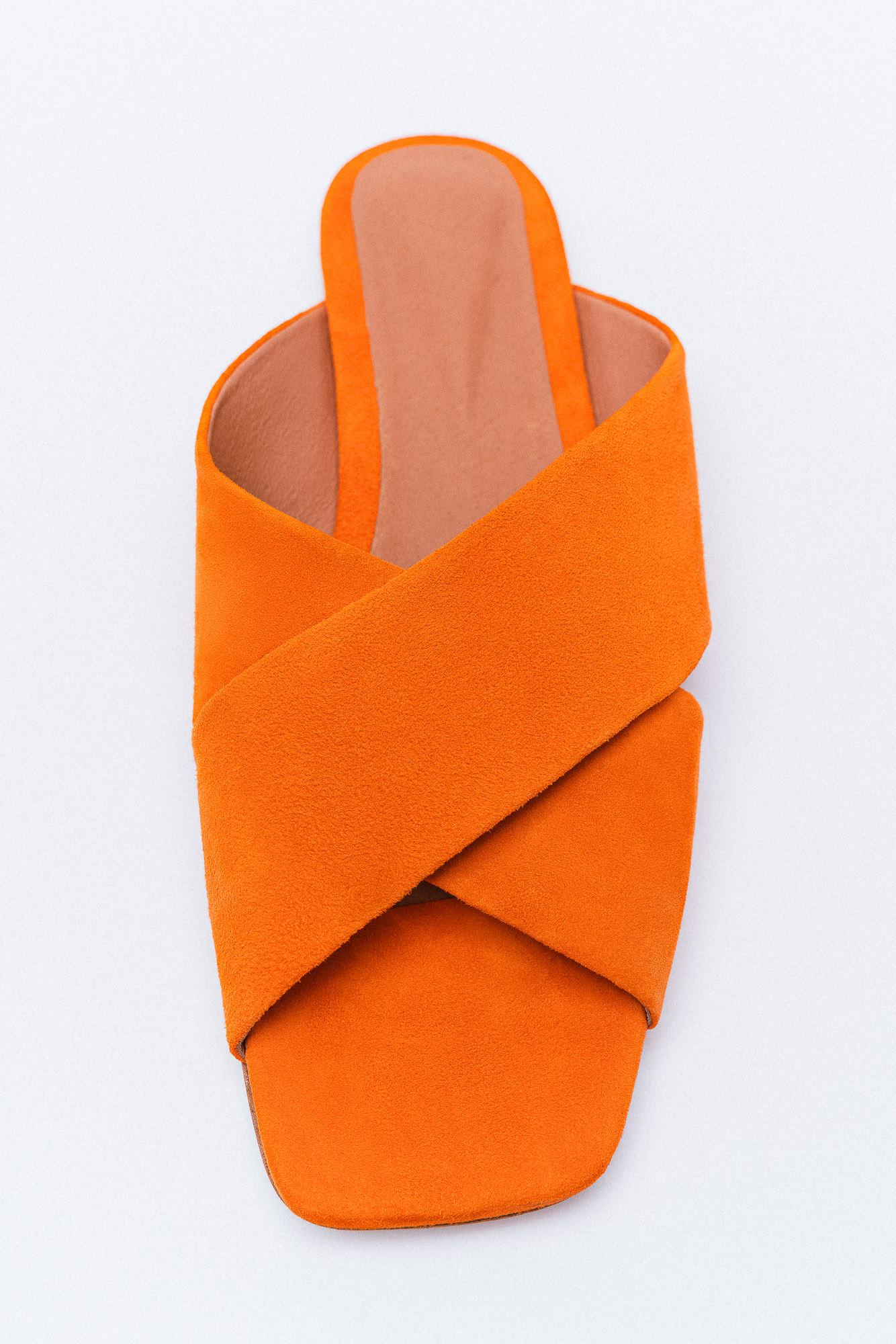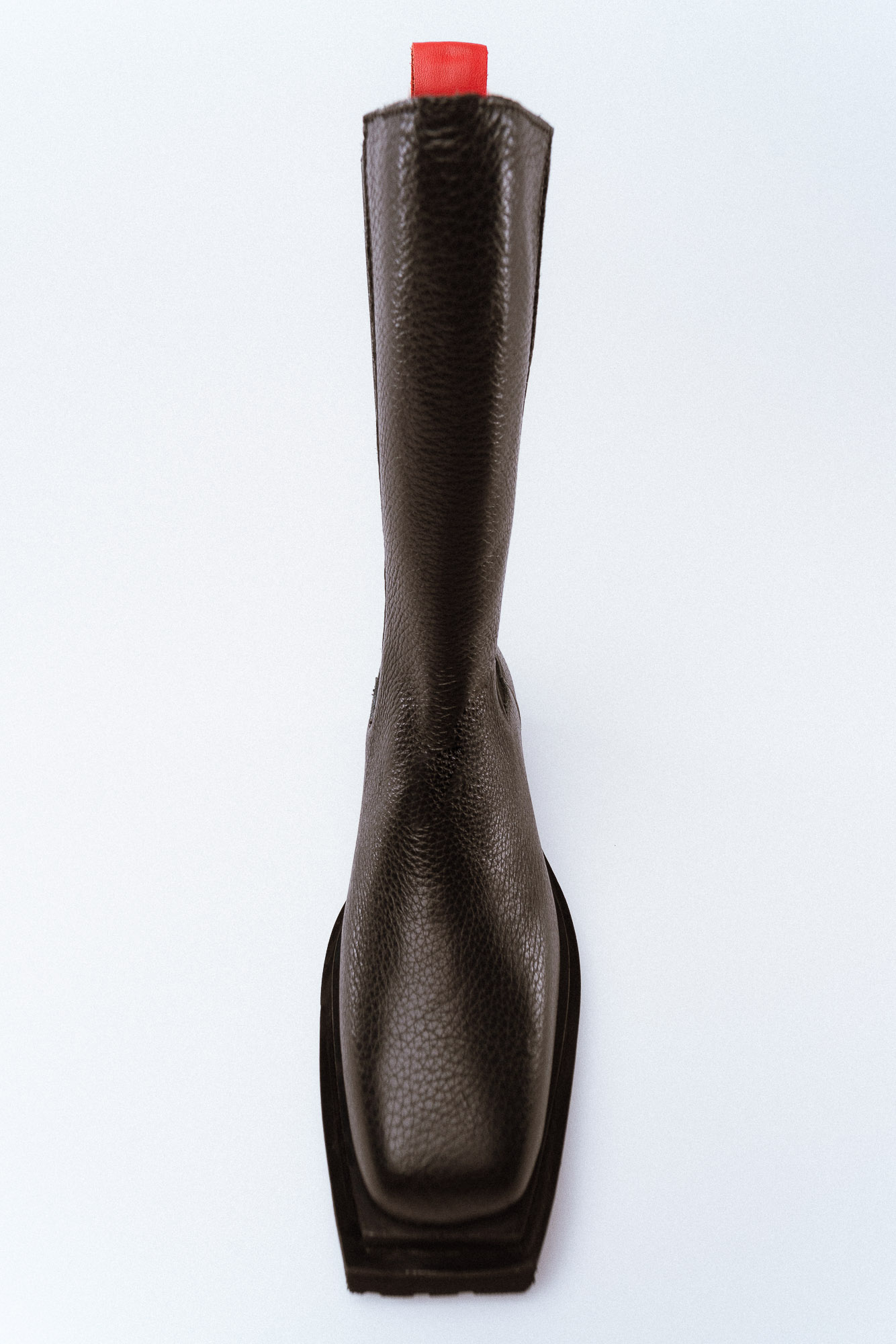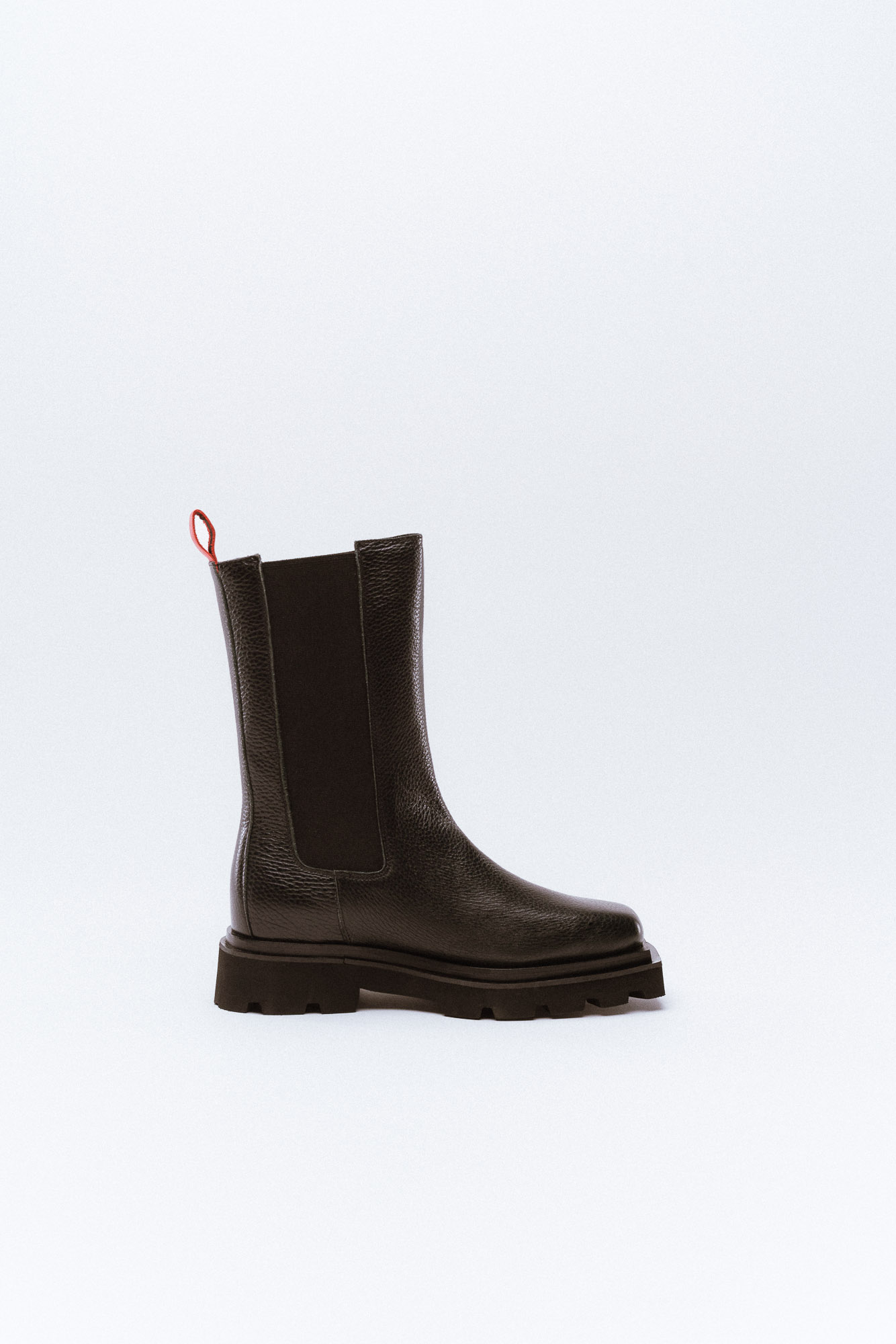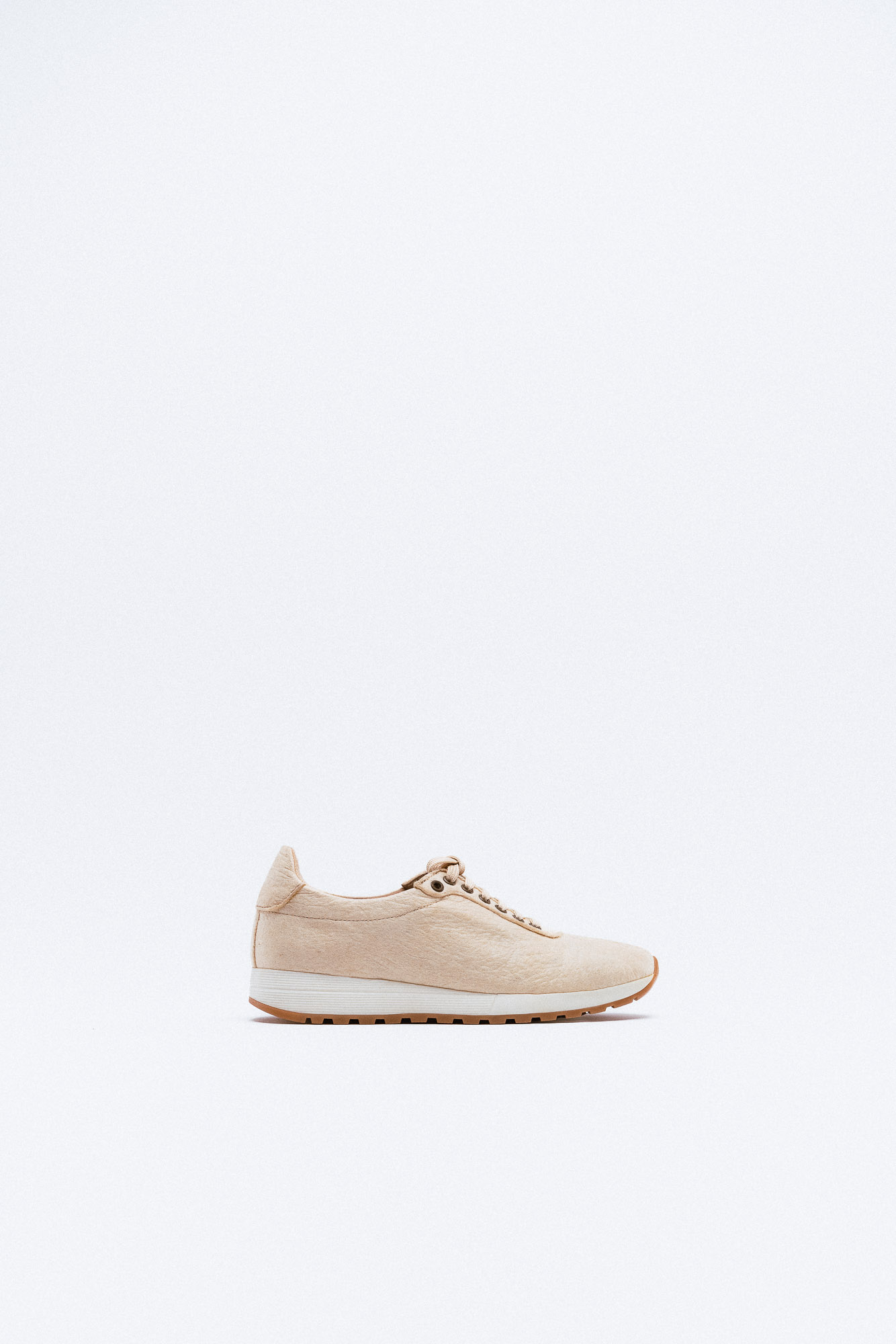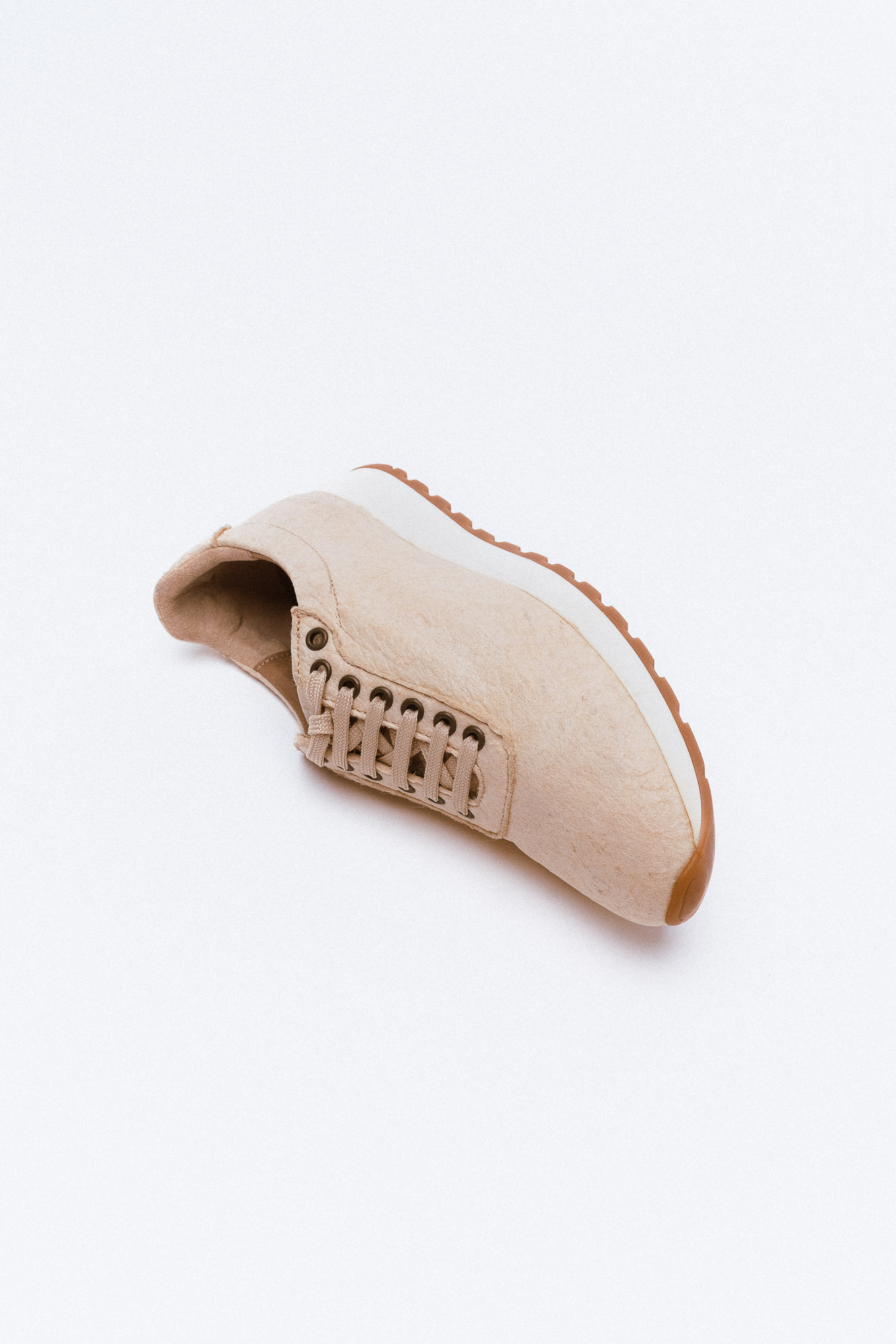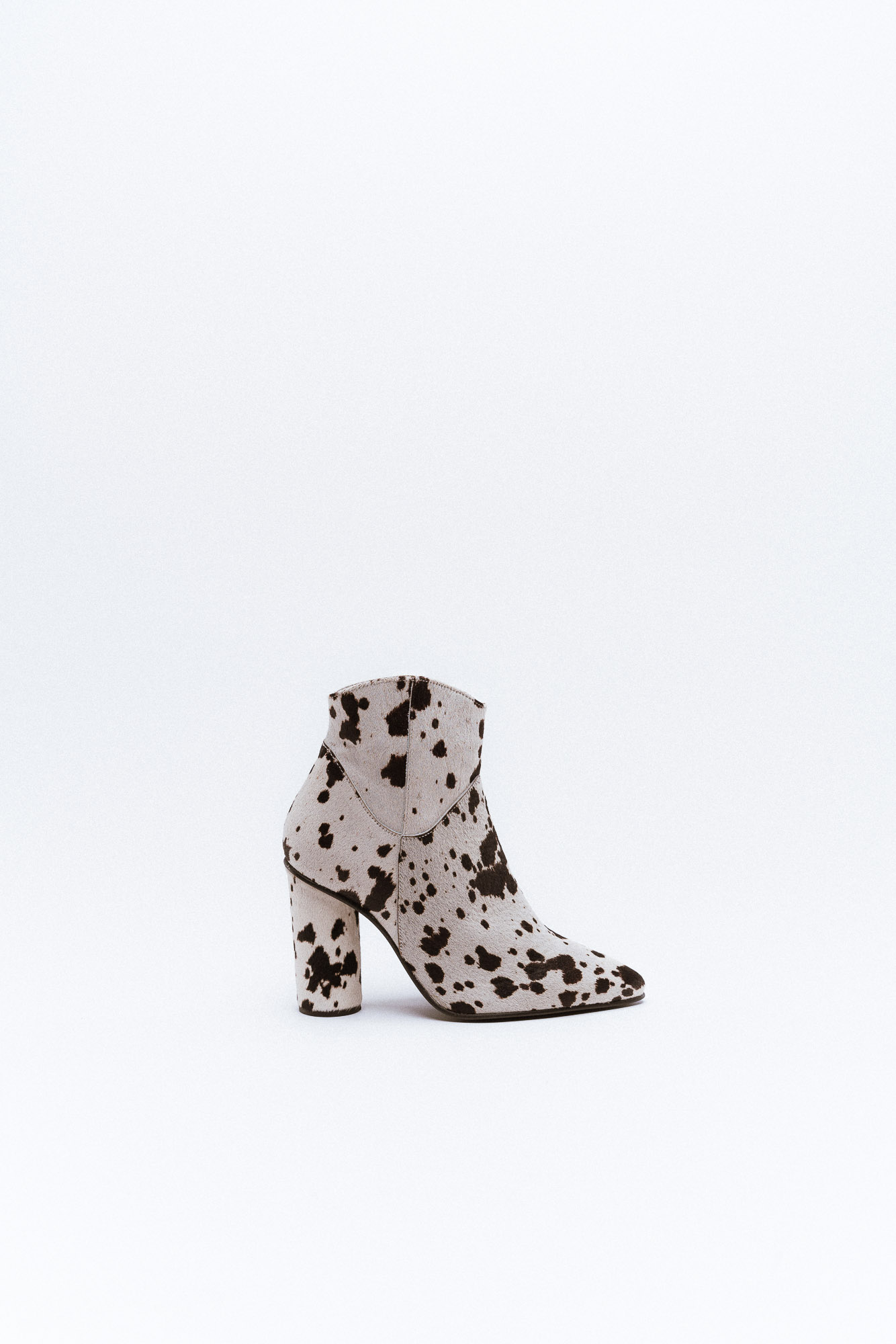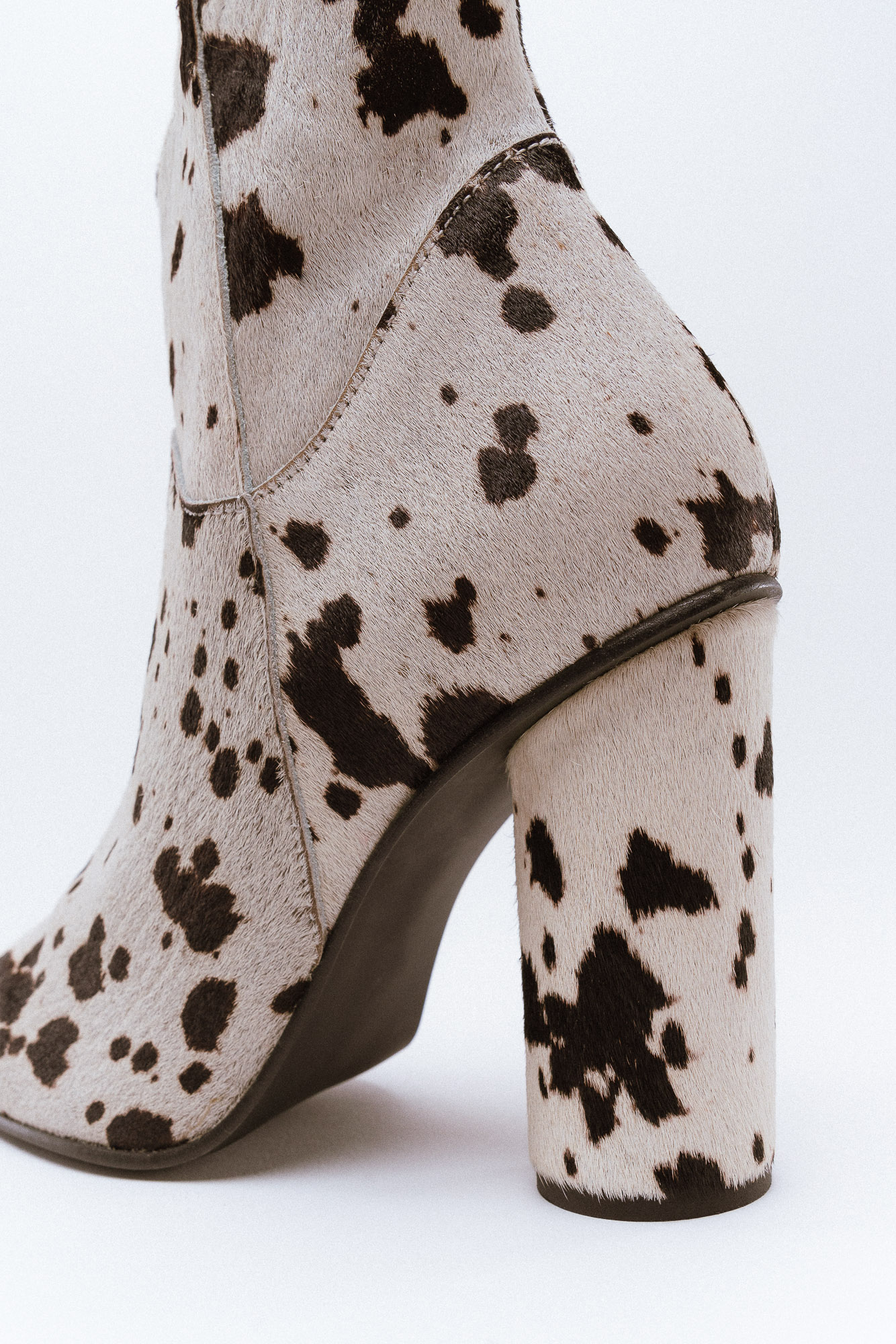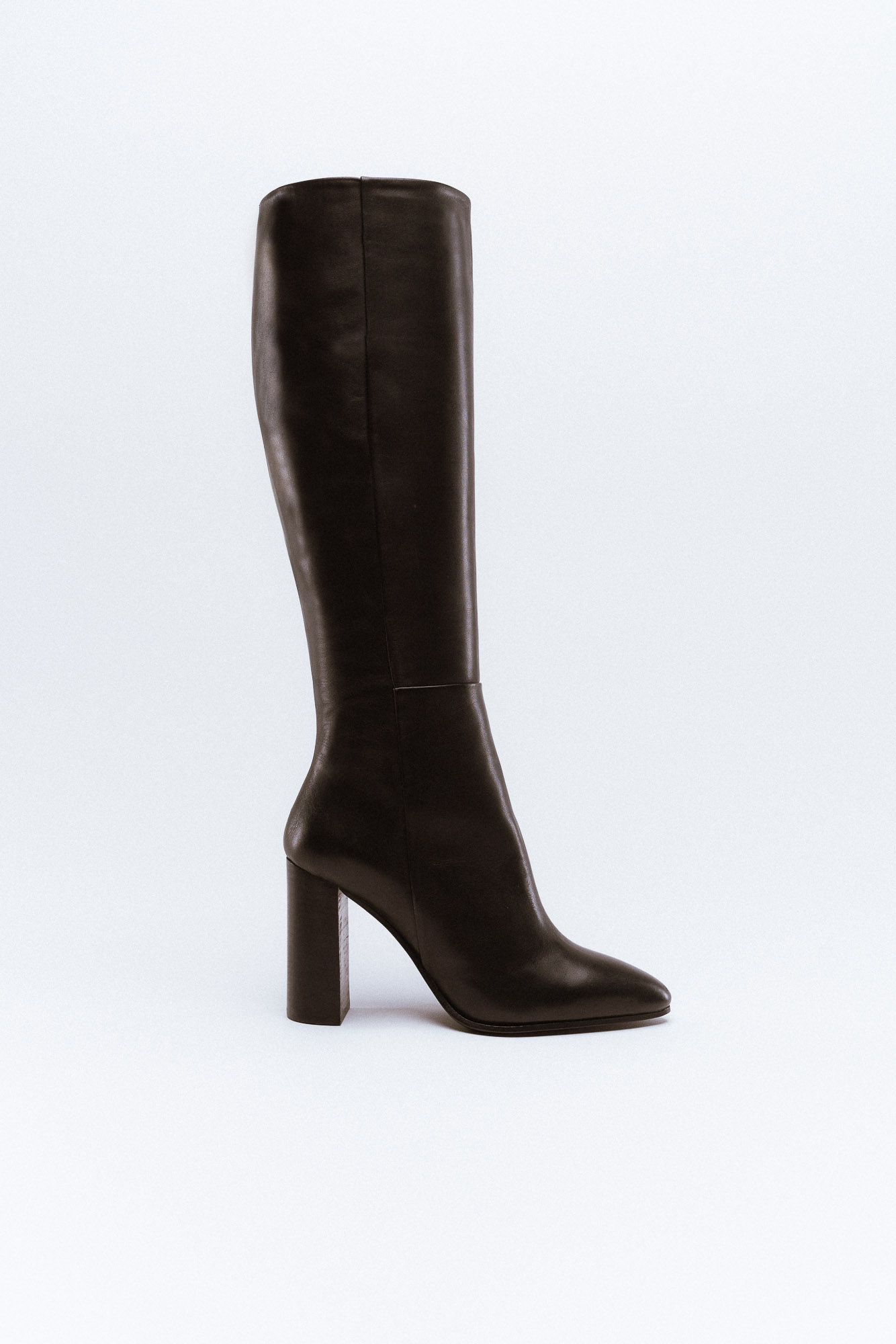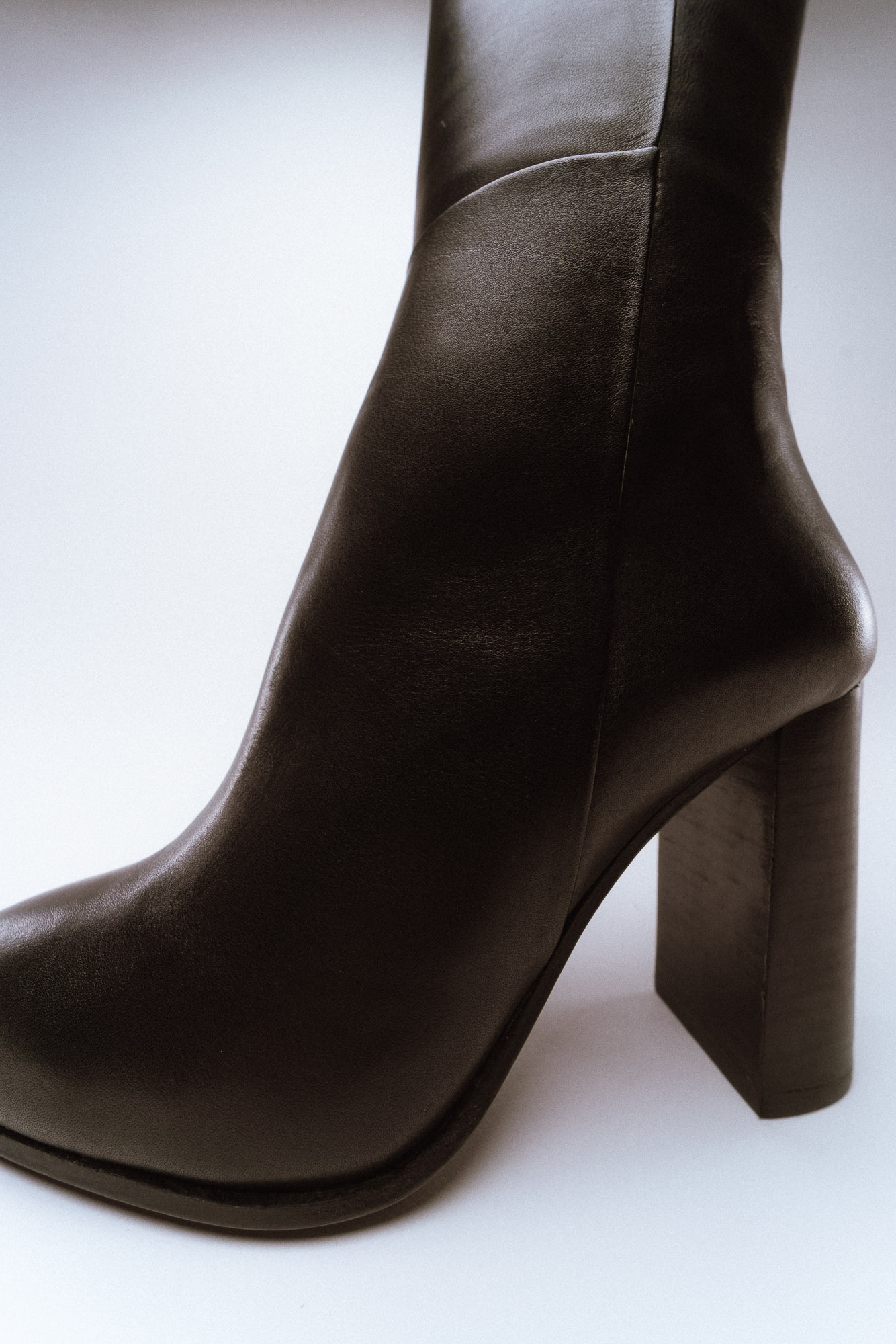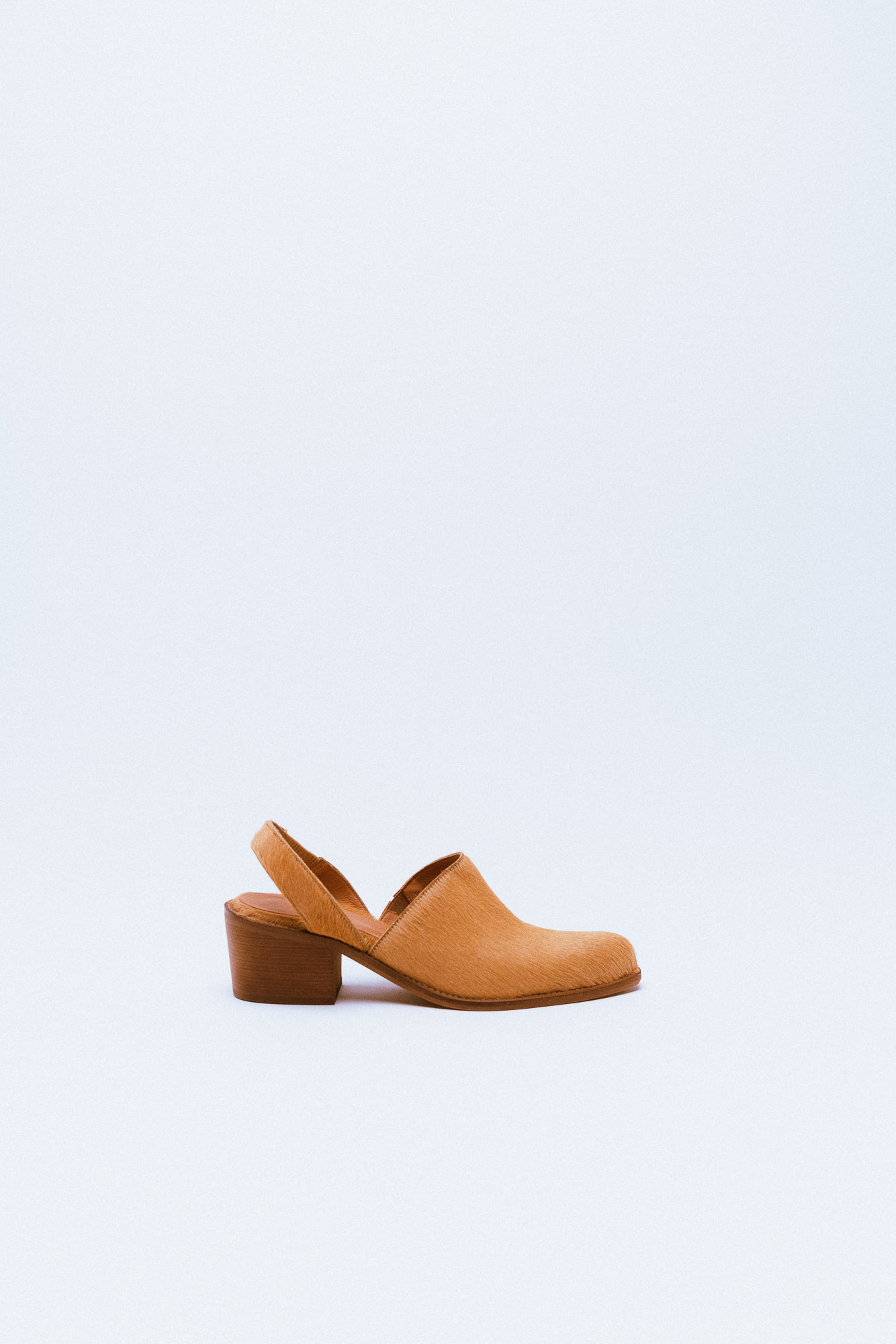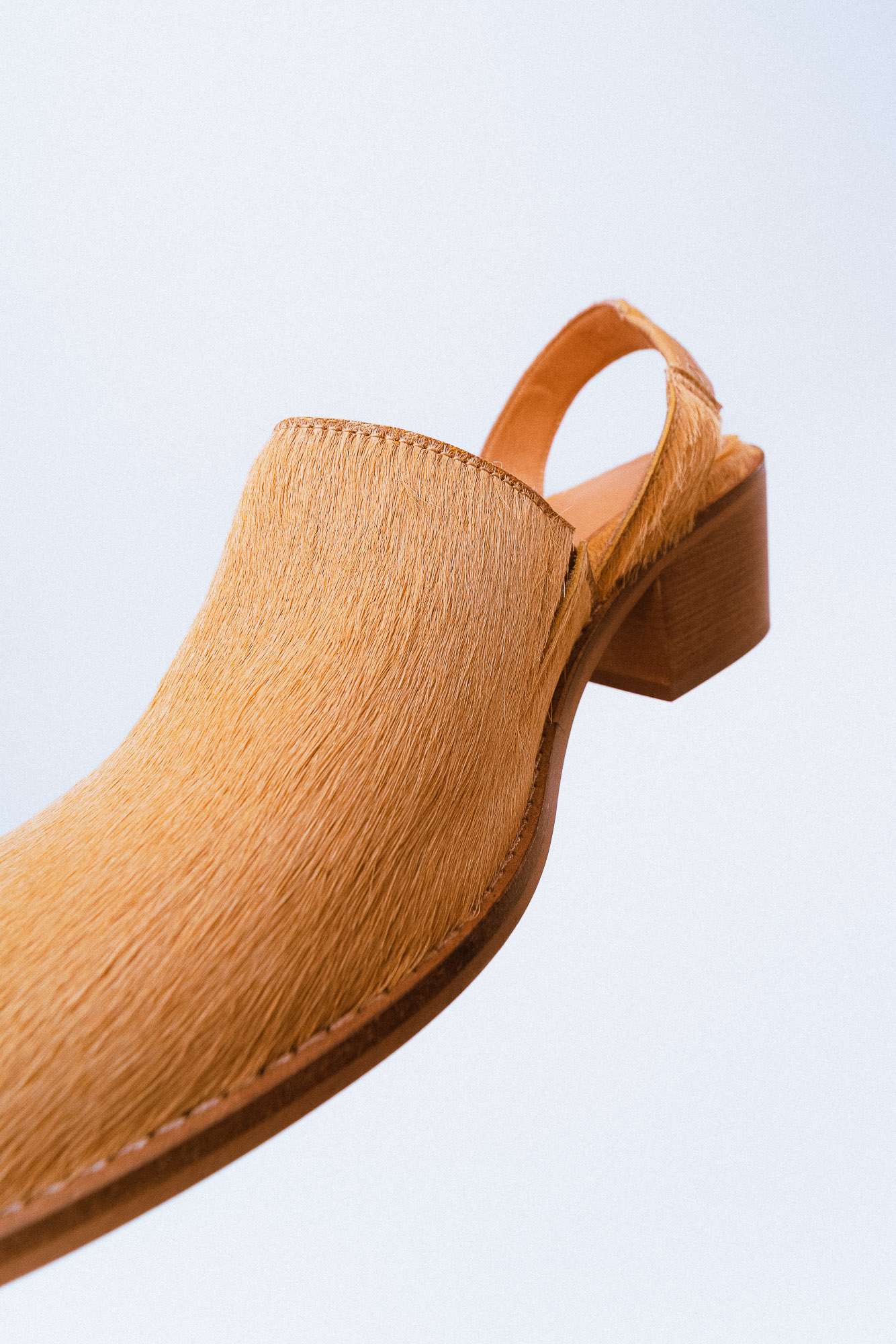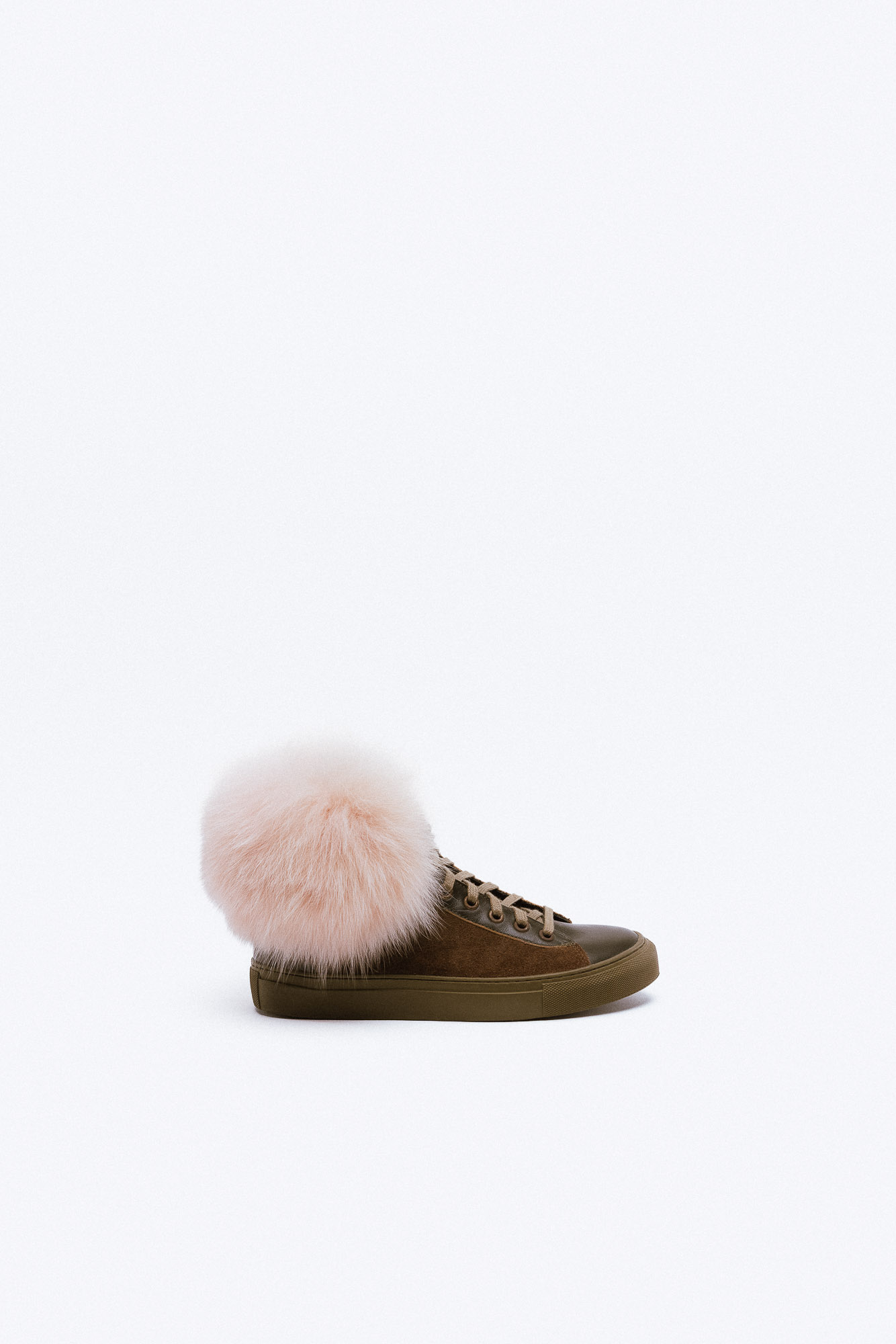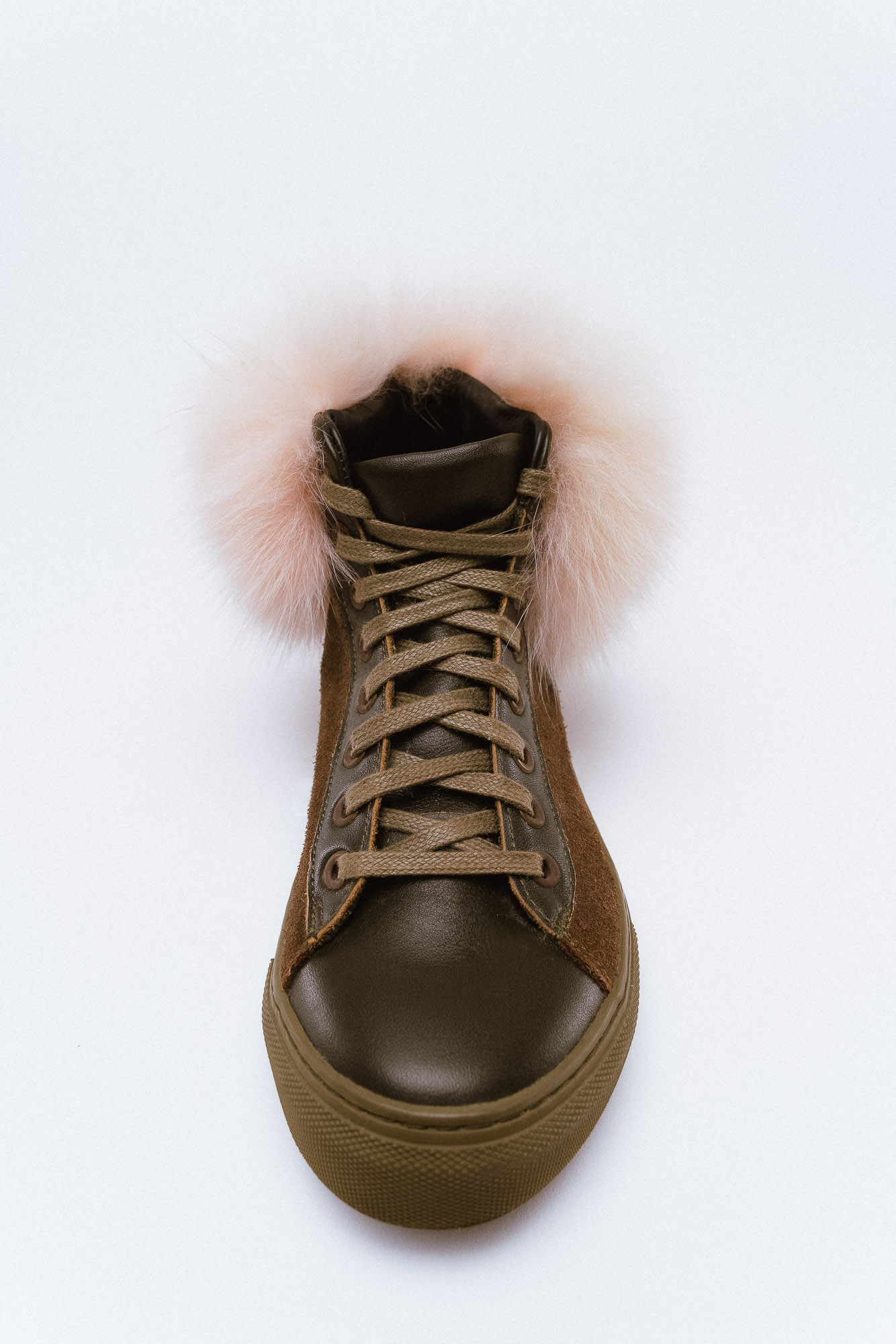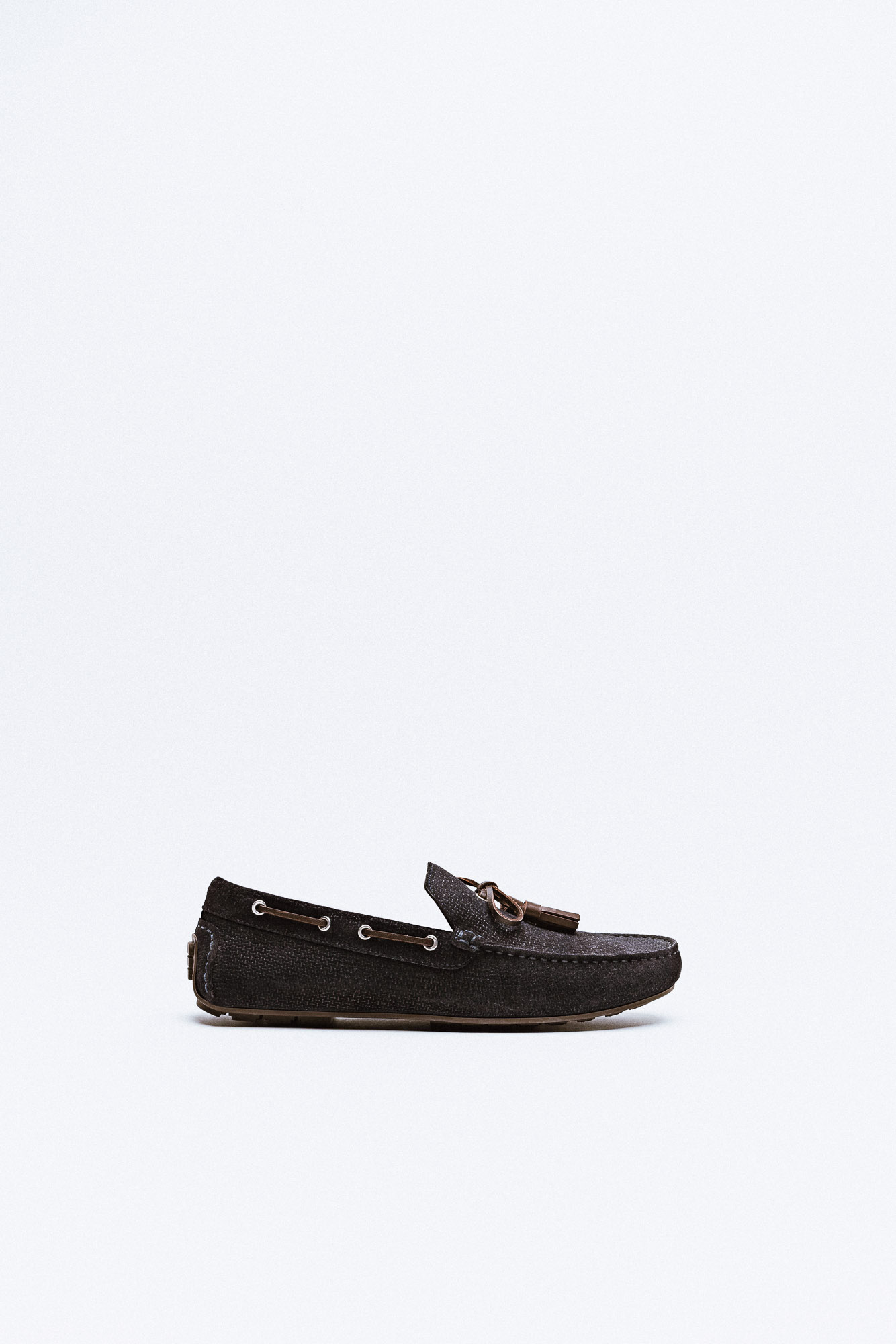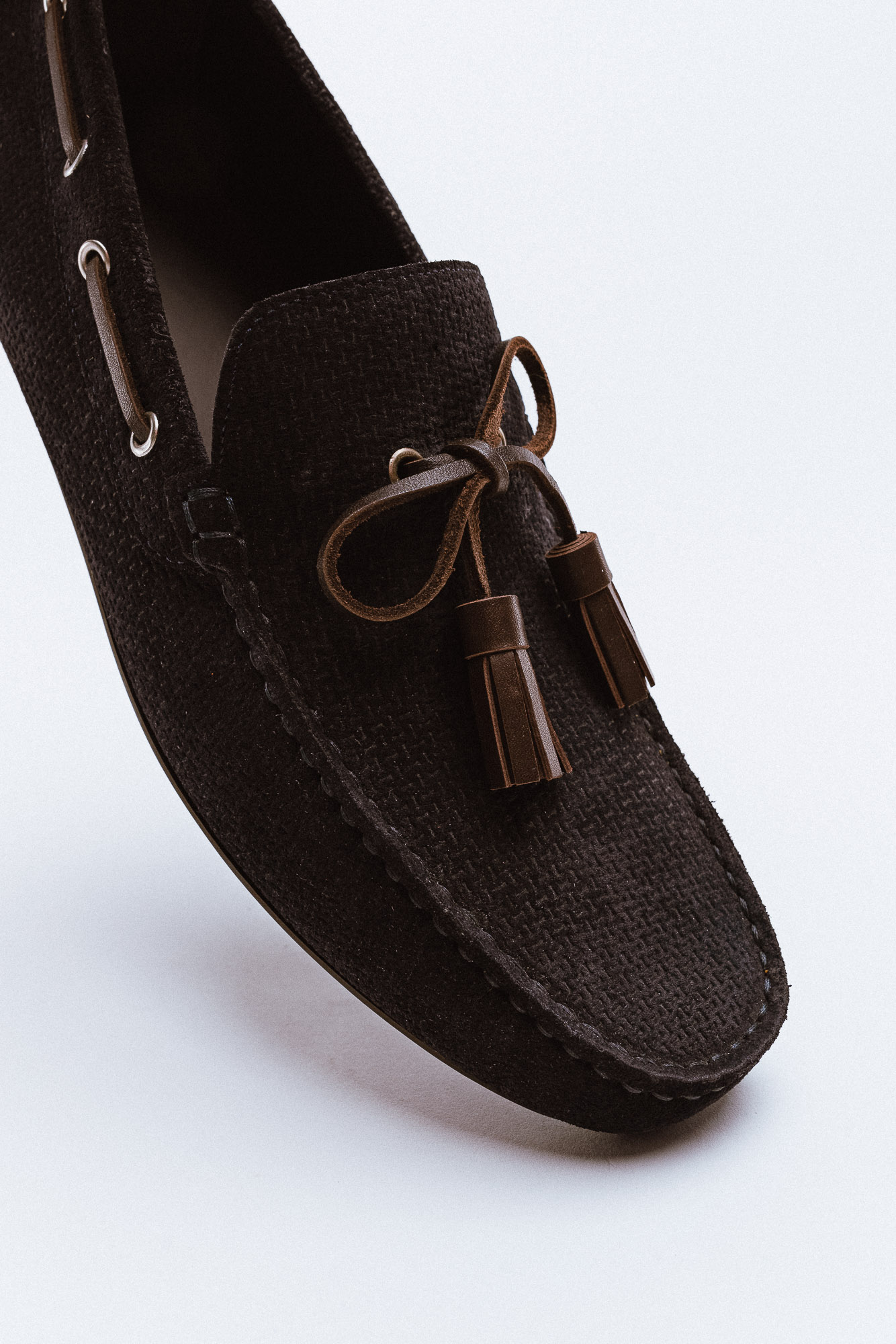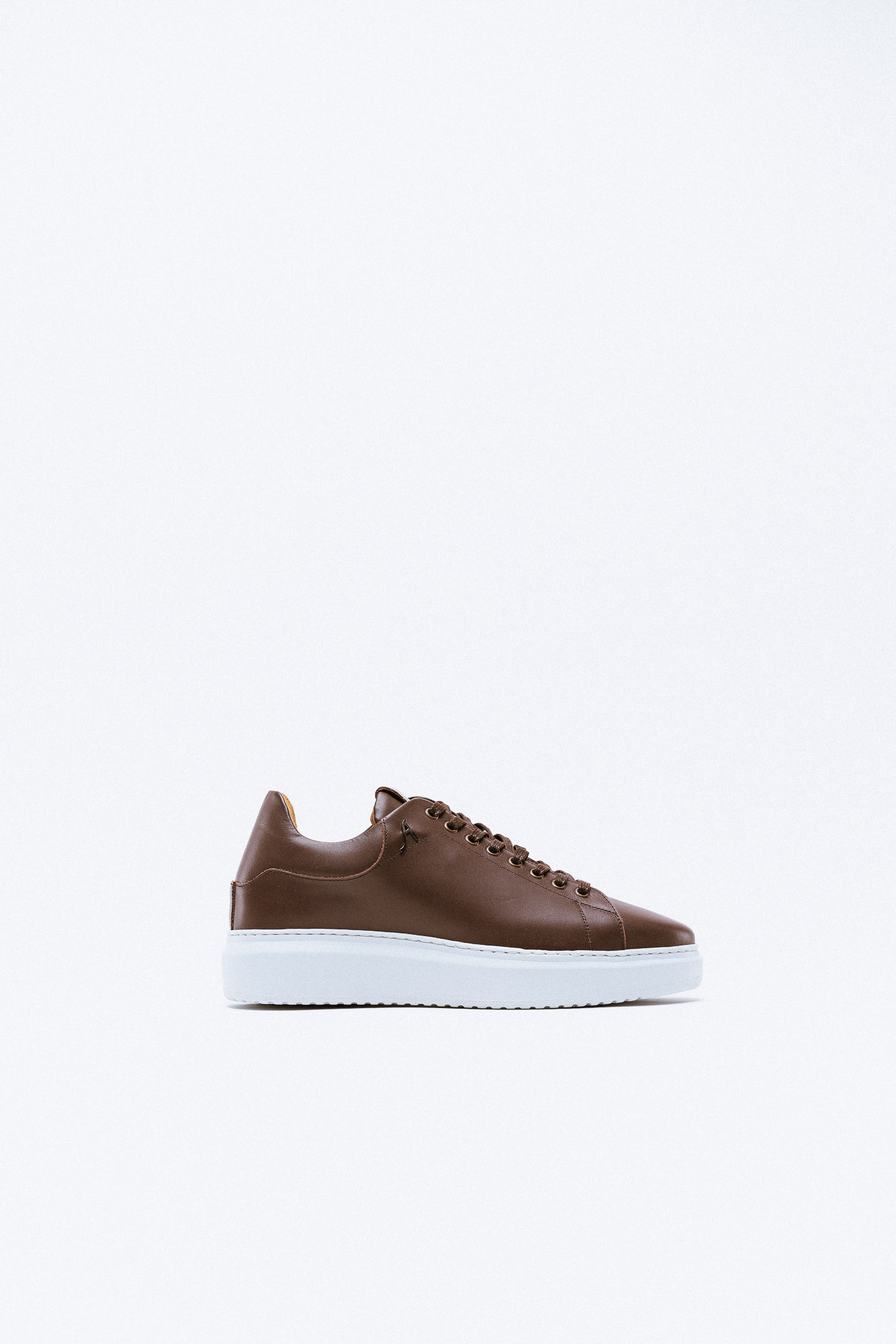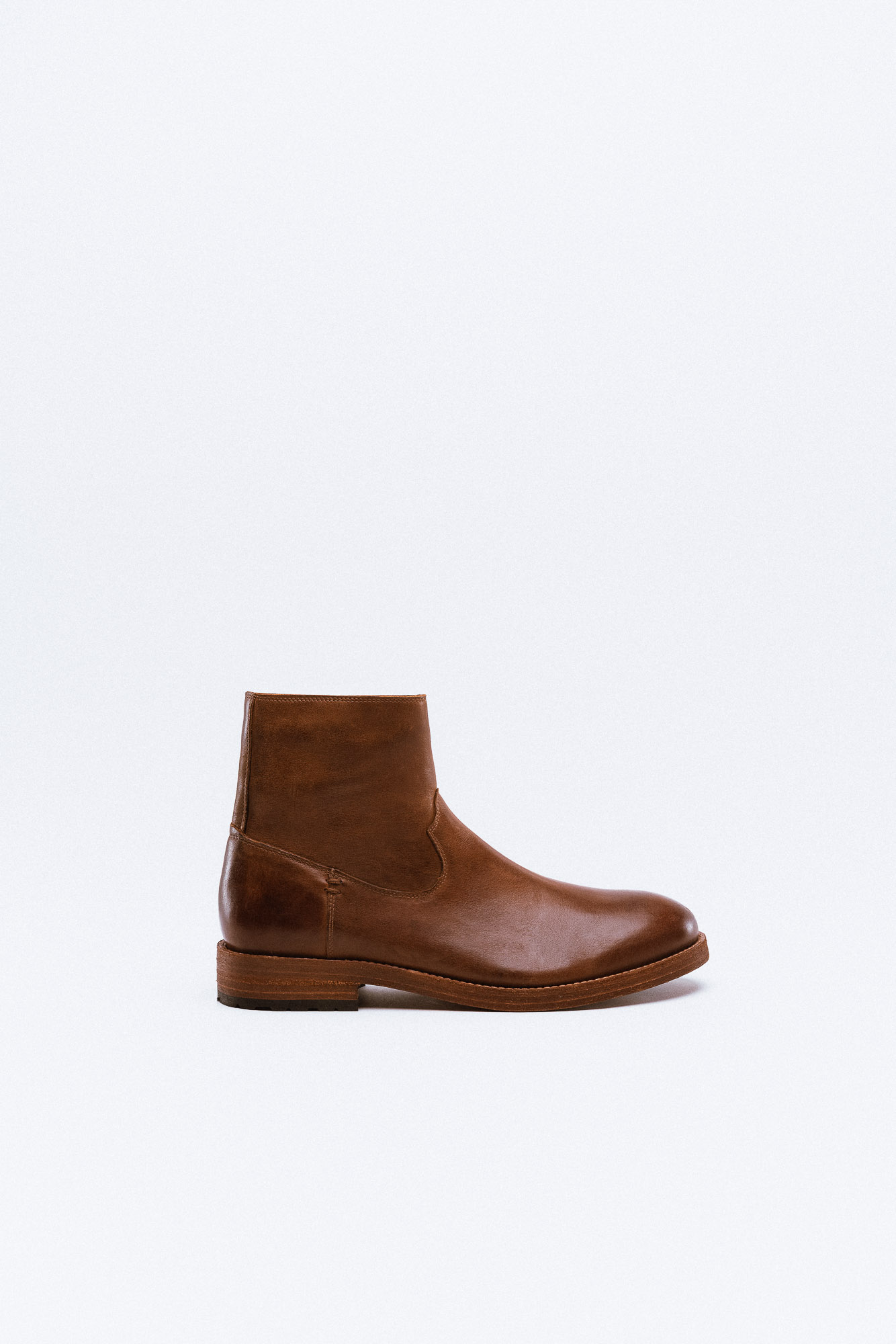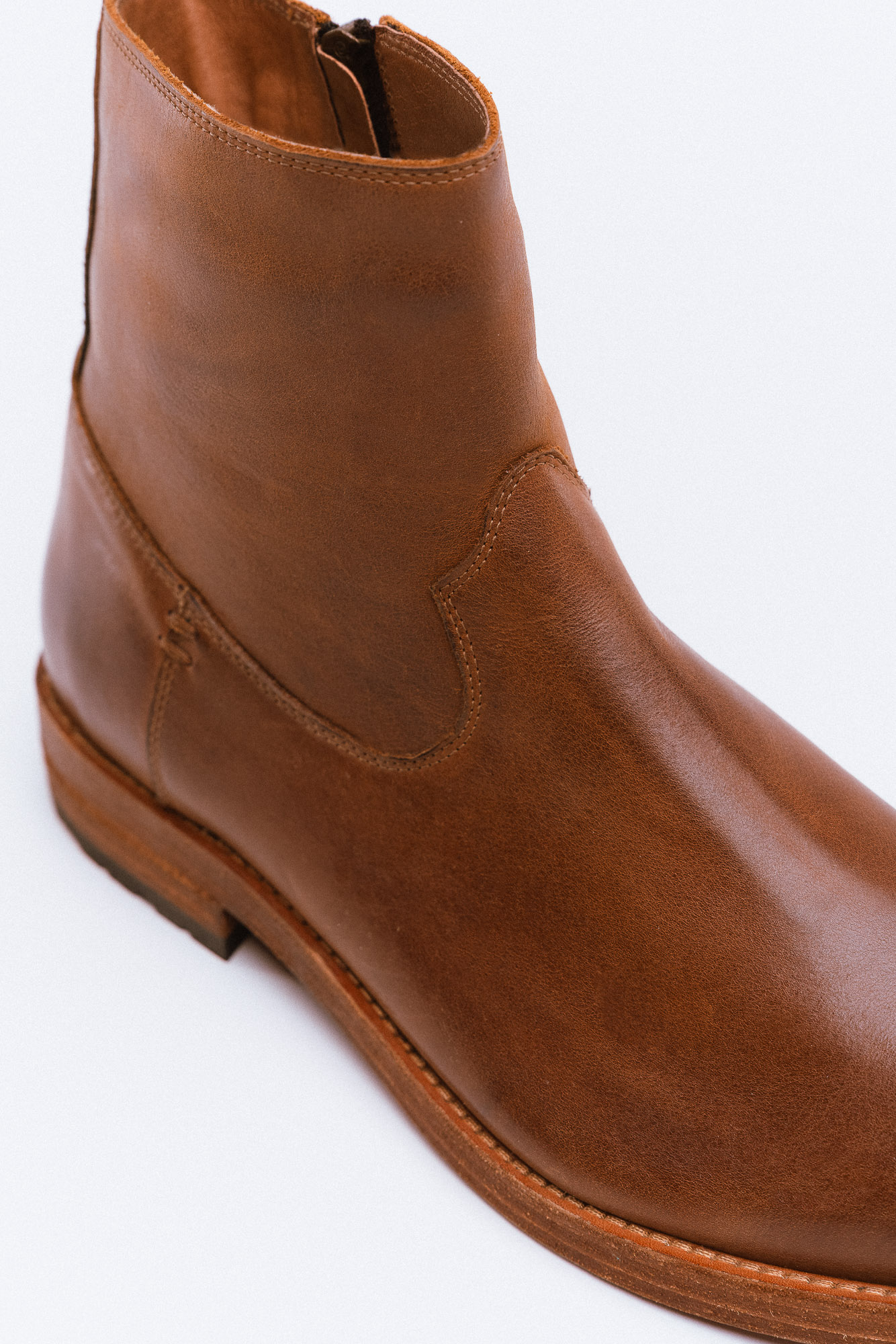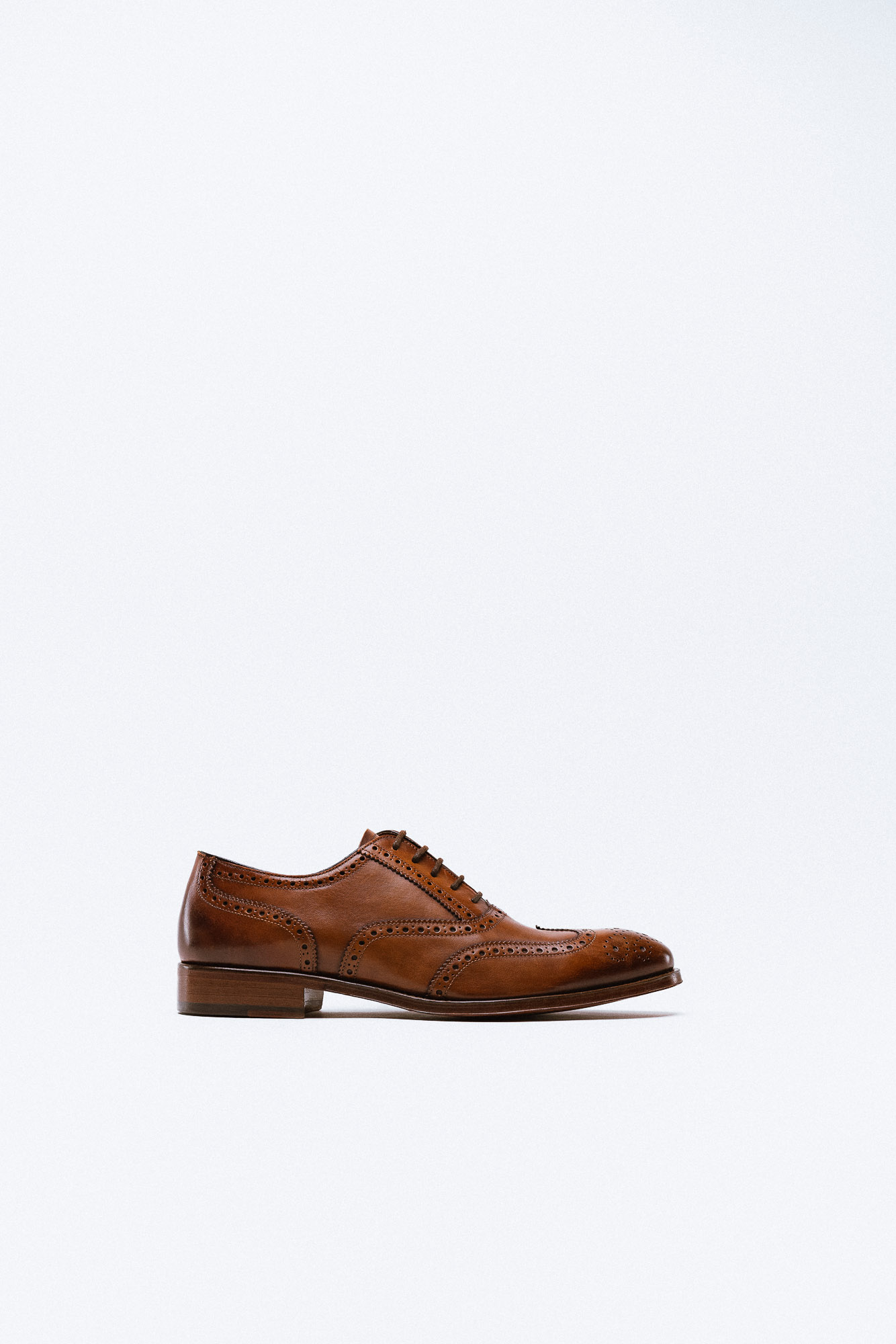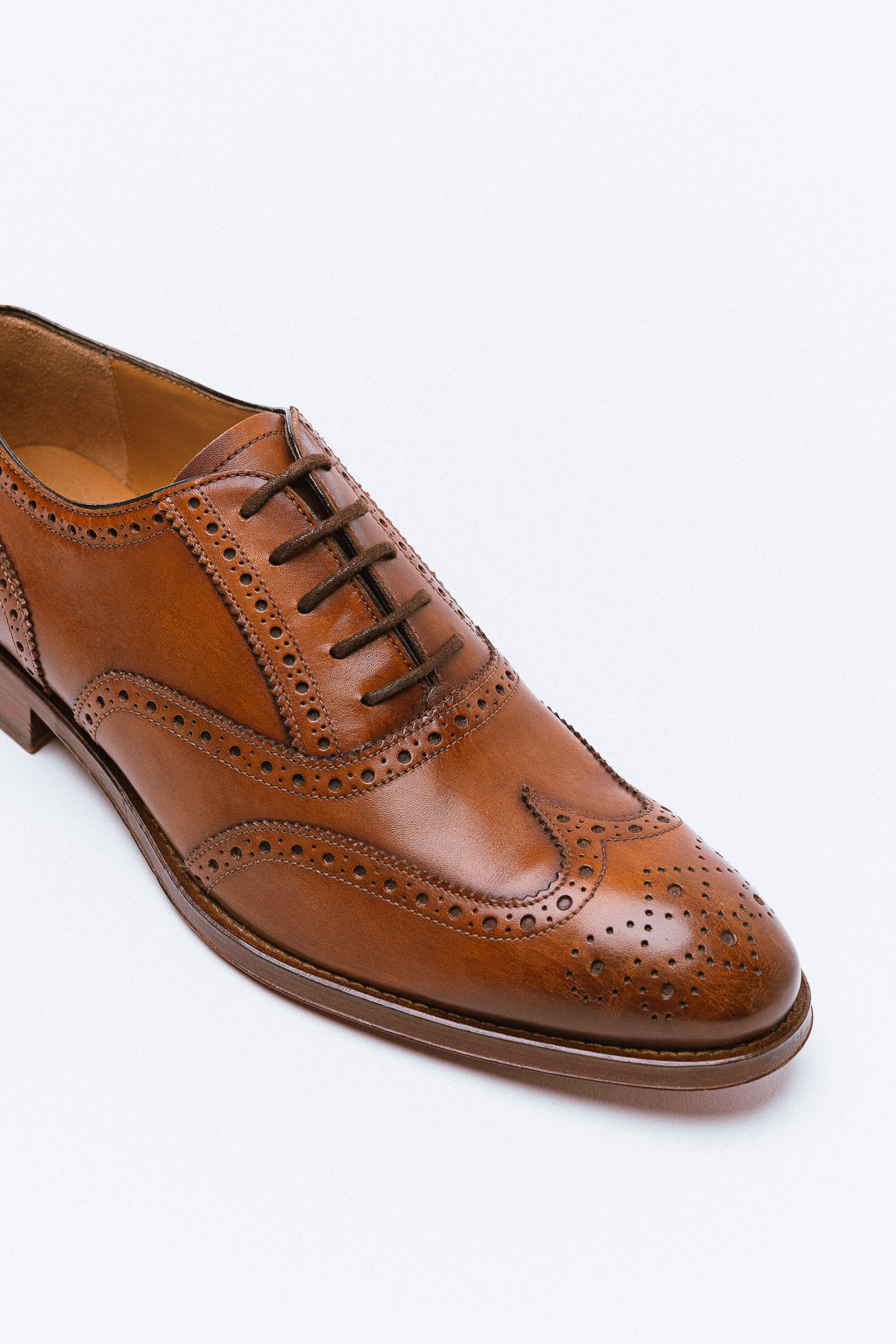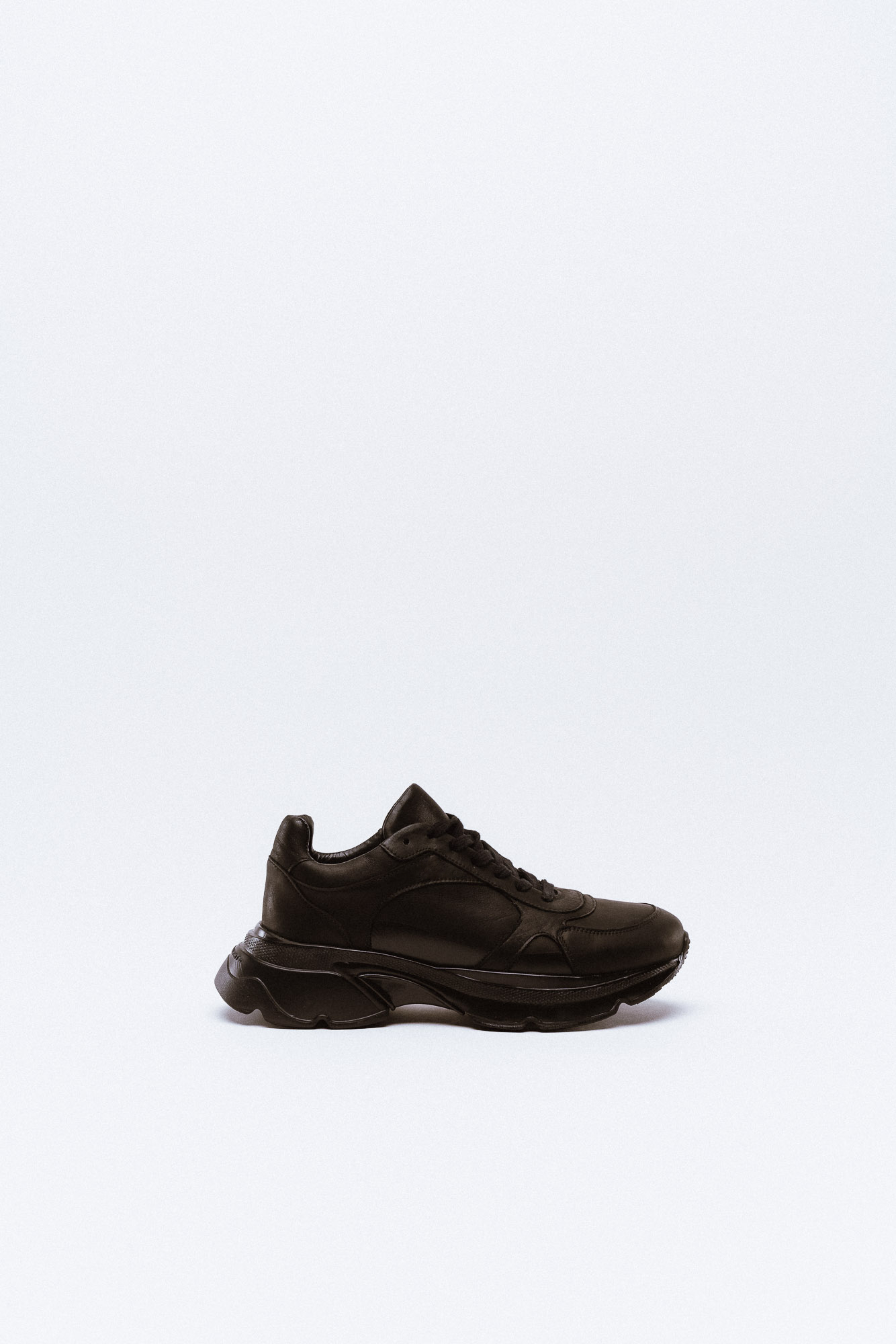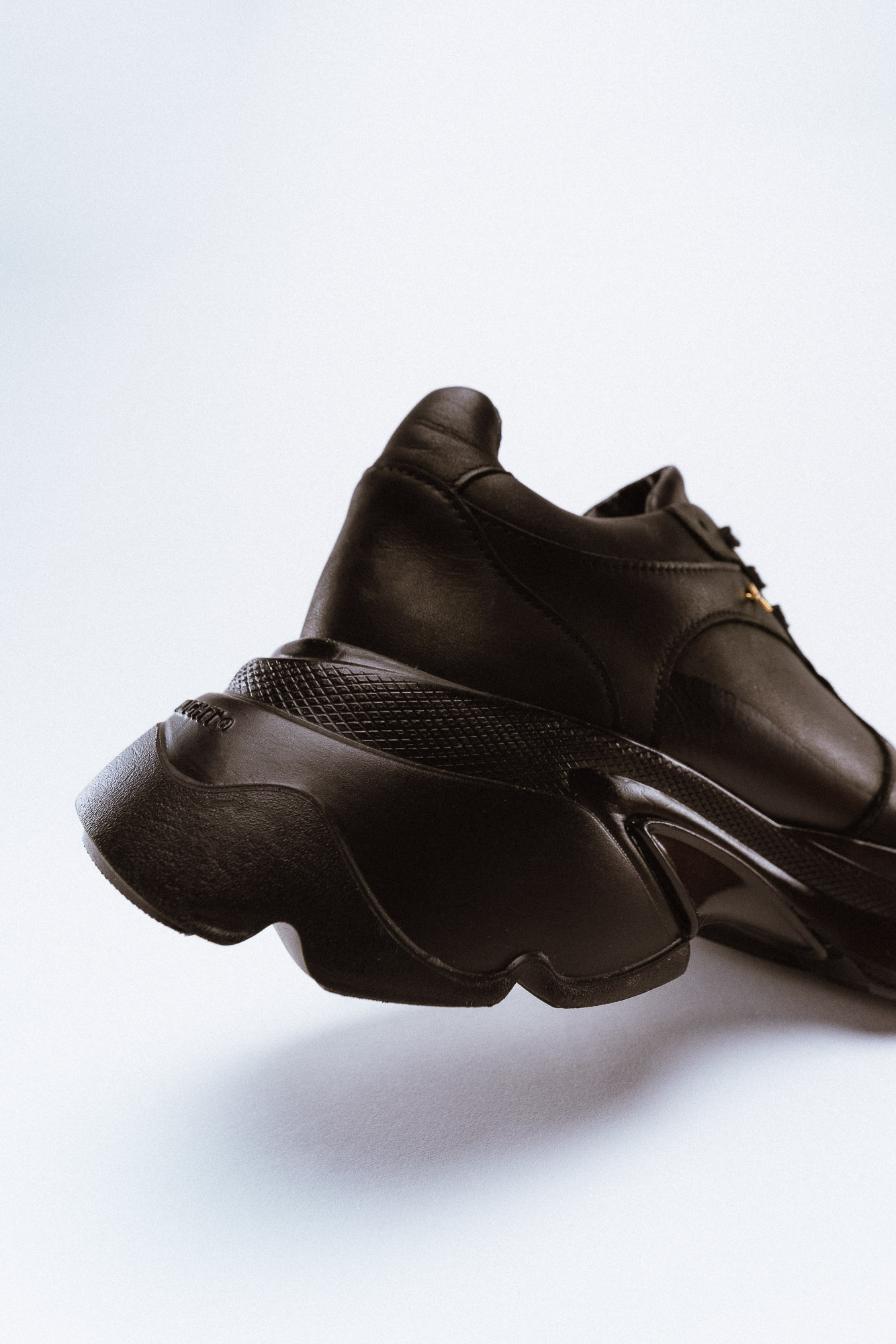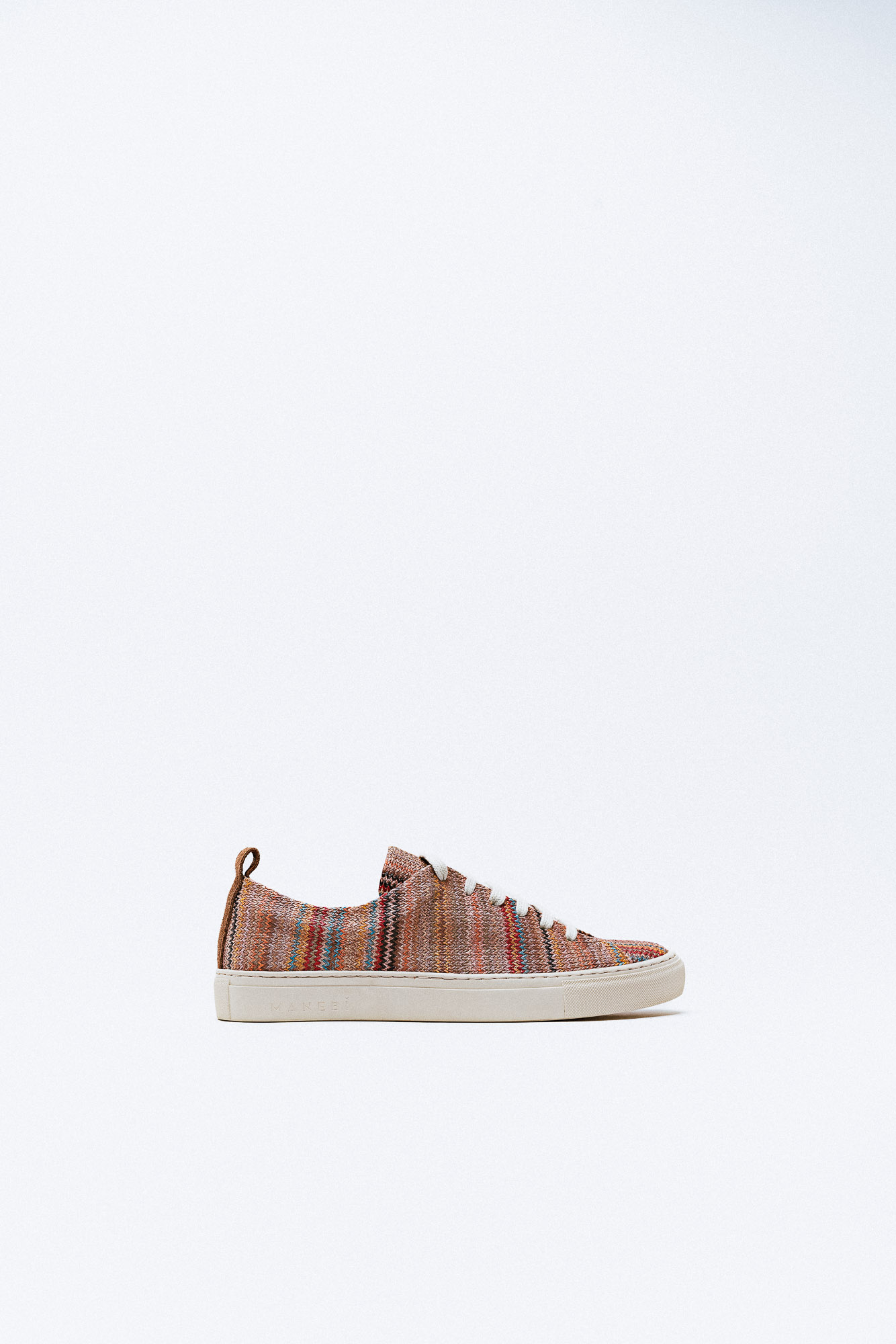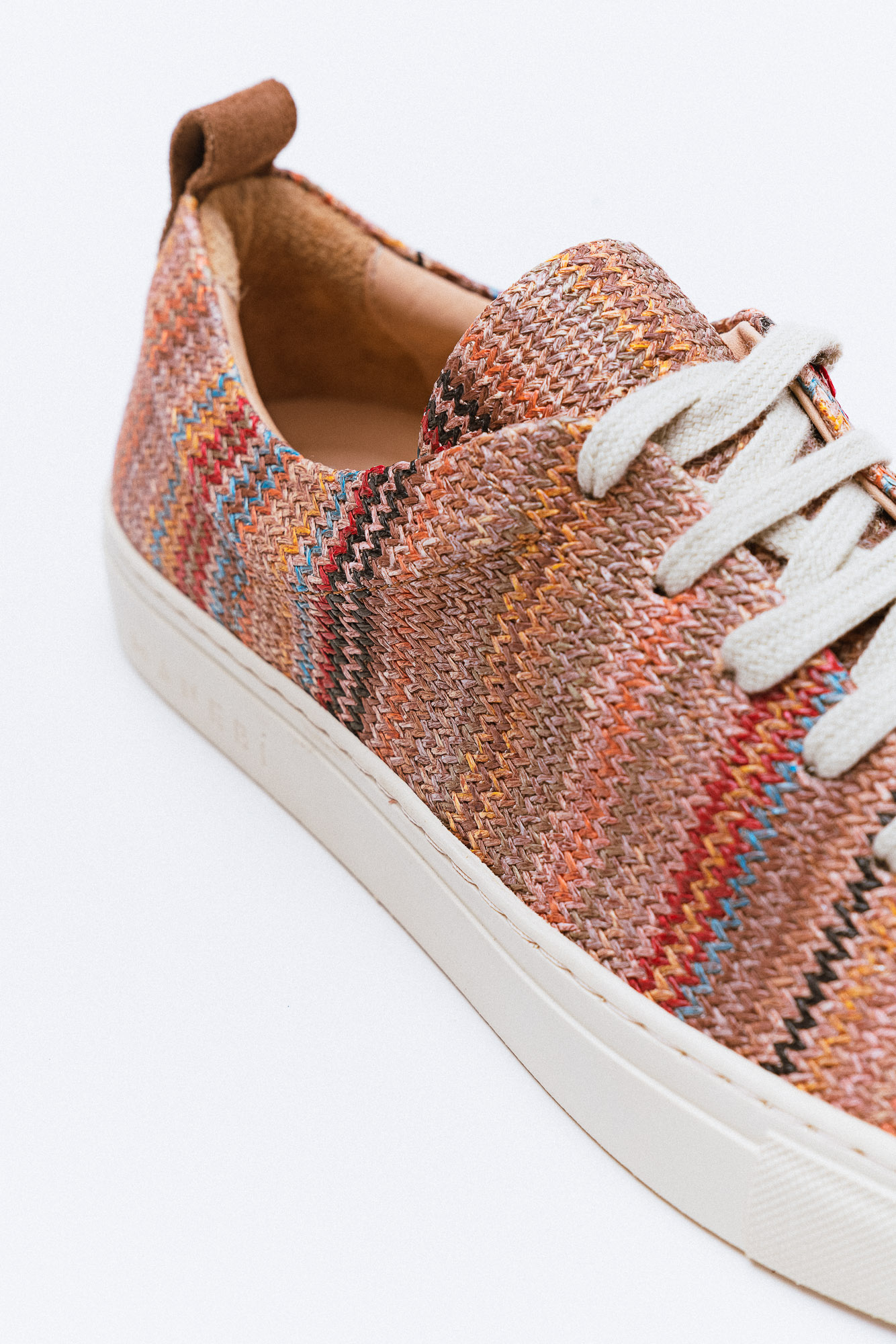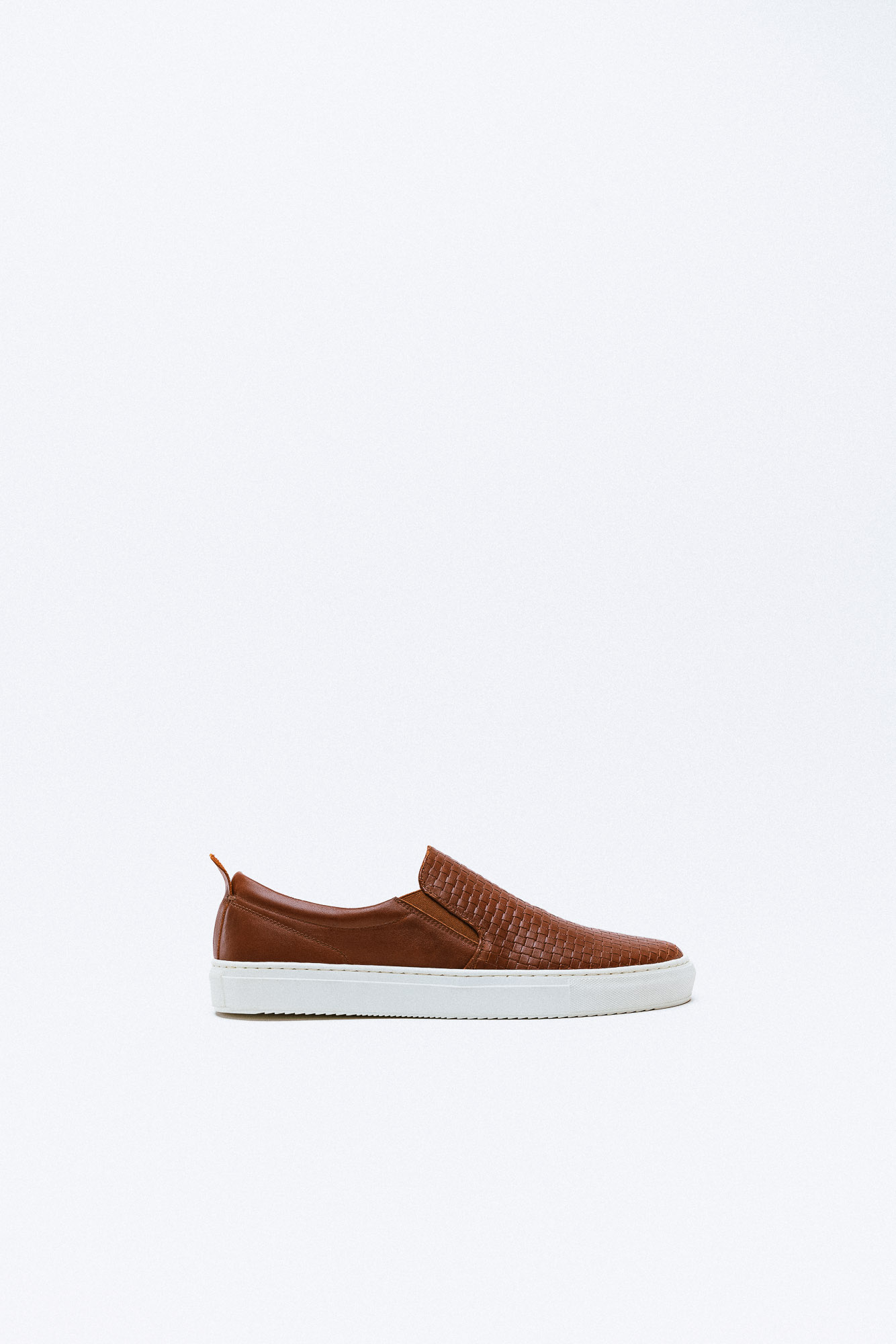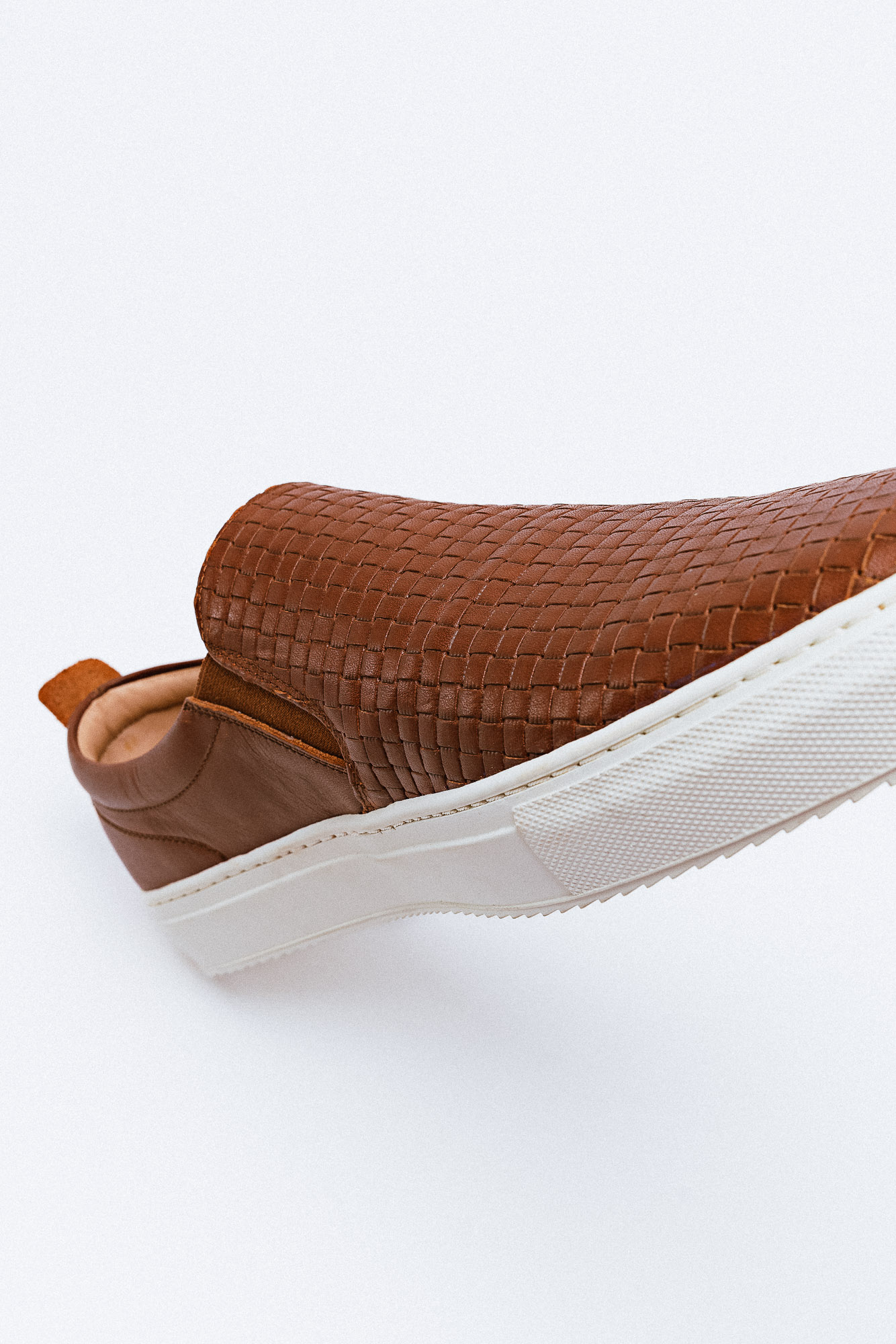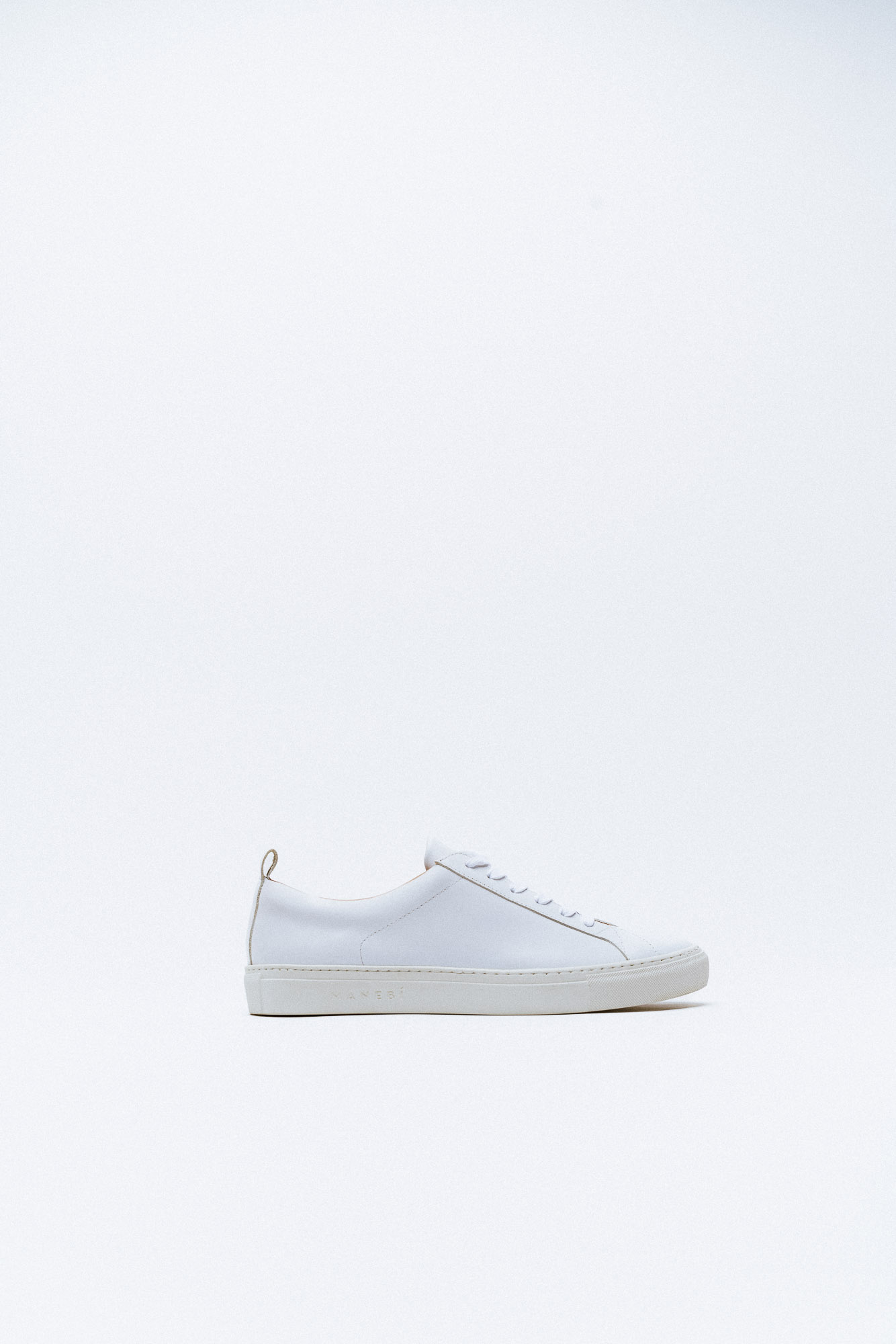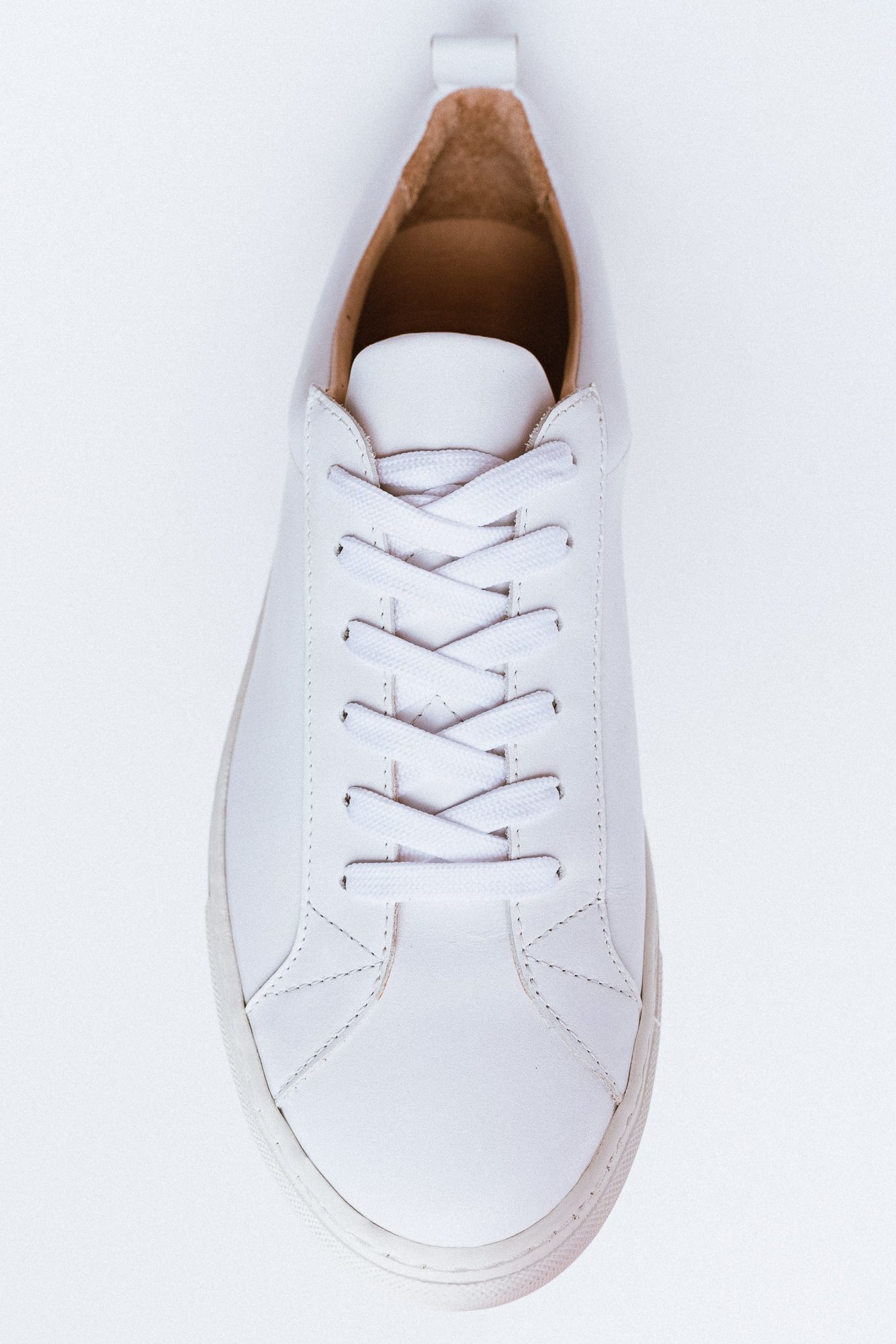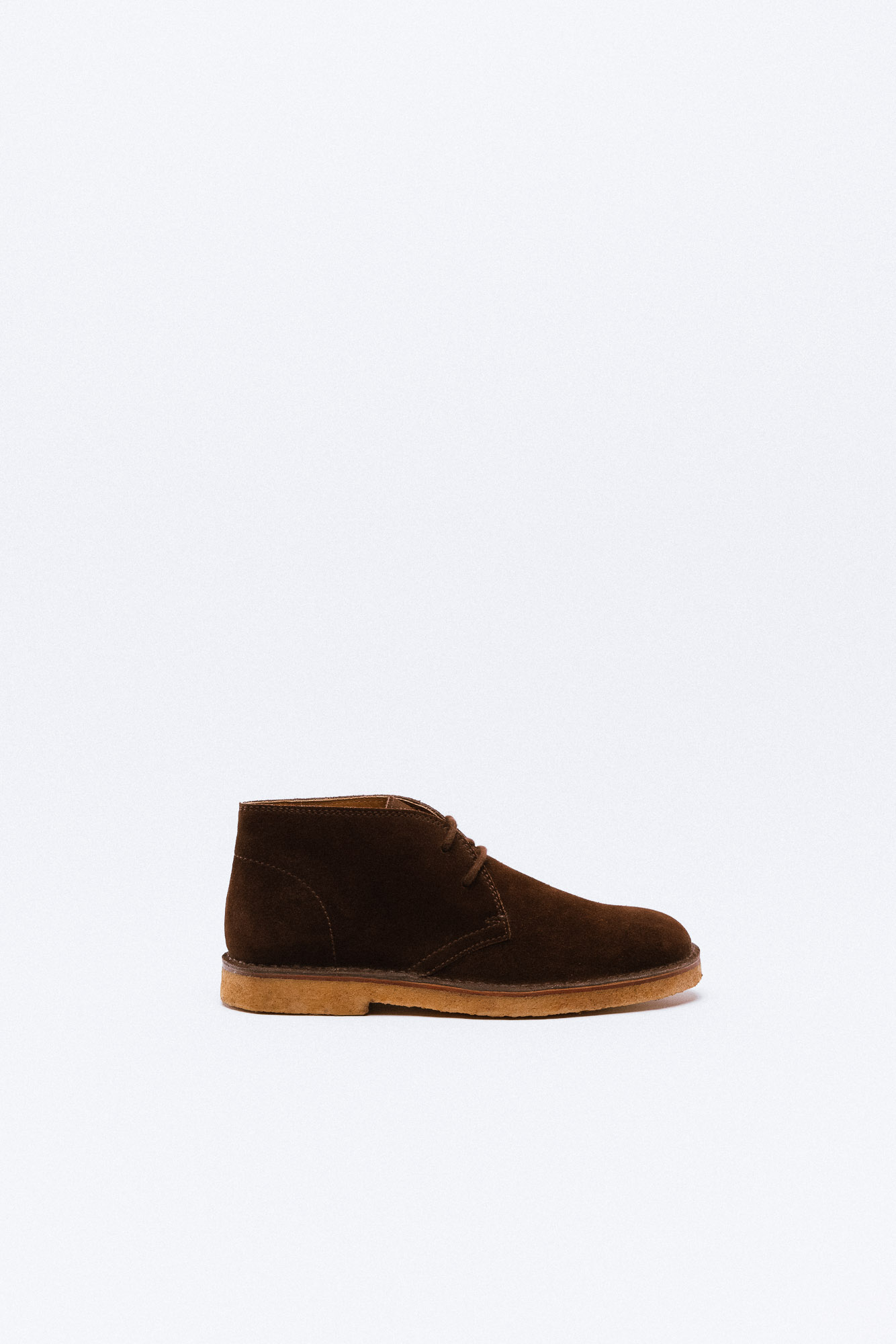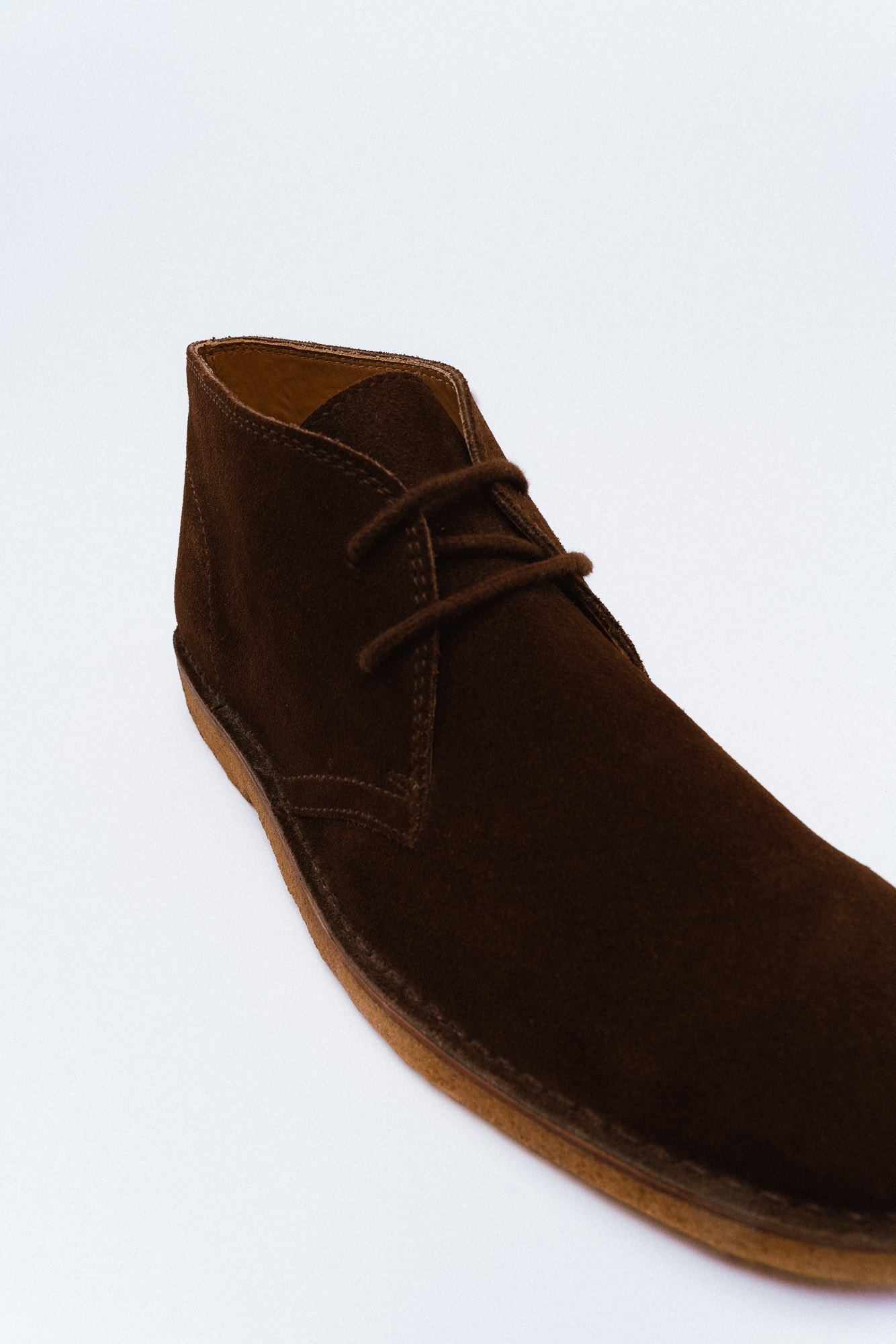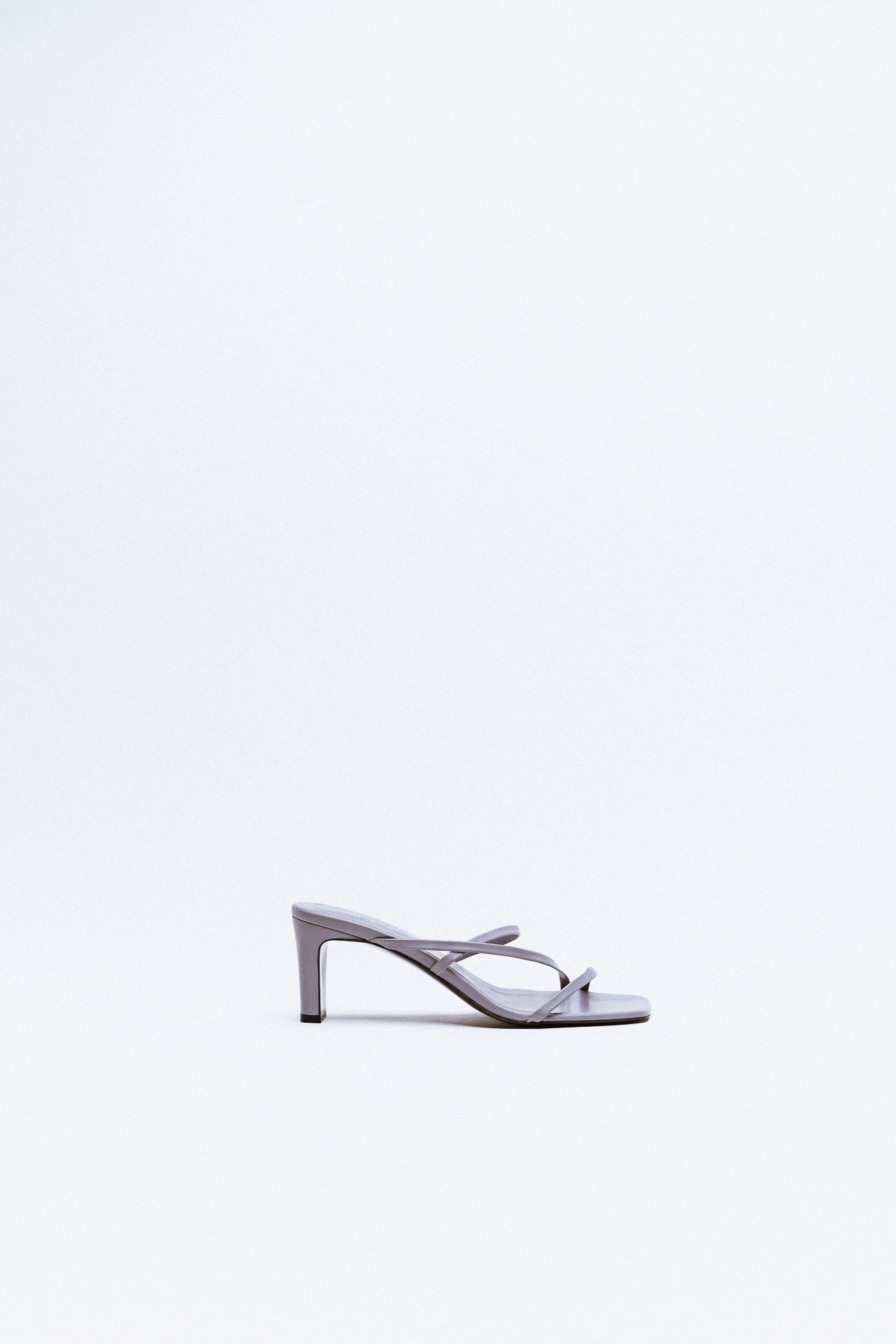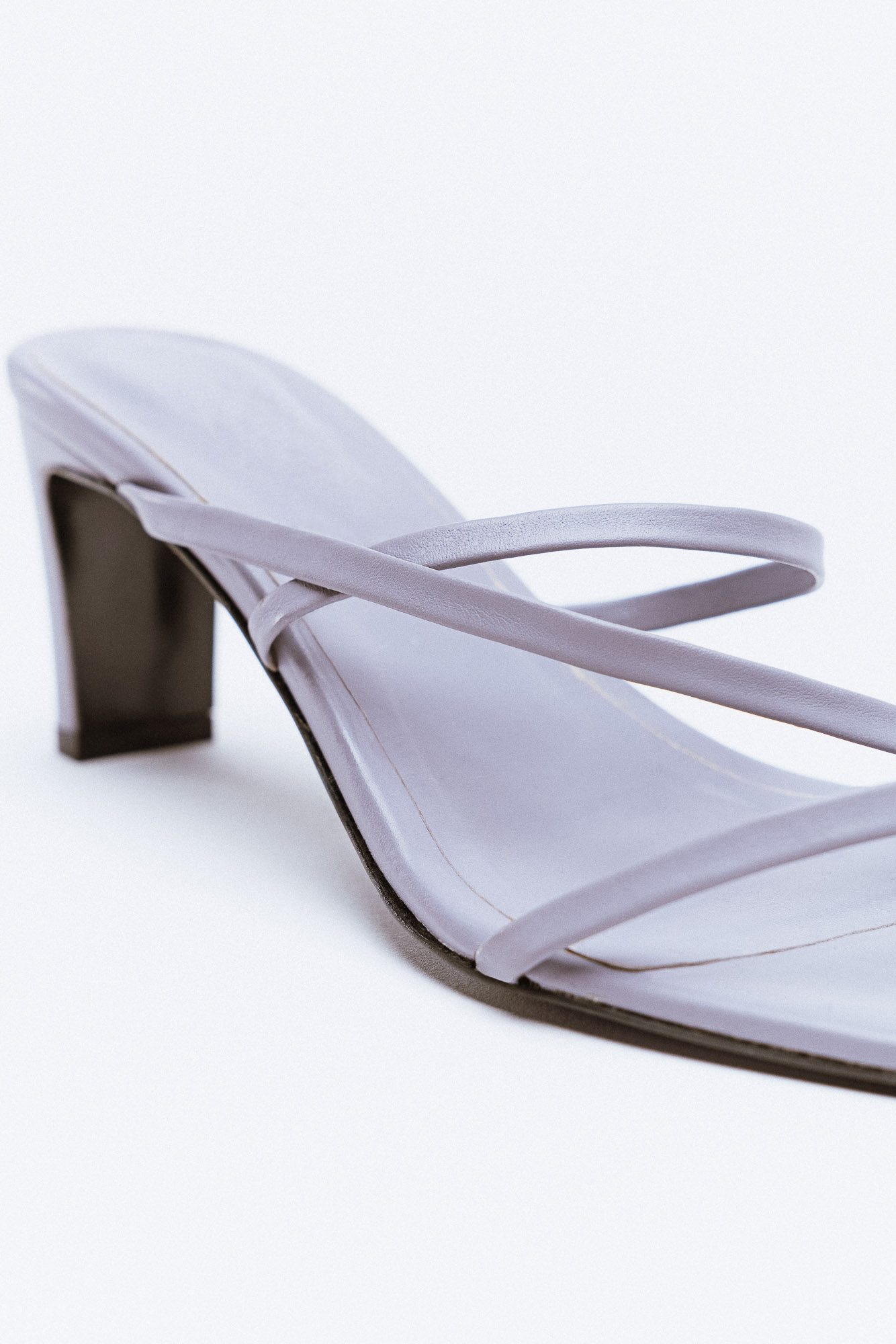A study from the Technology University of Sydney concludes that changing the fashion economic model, putting aside the strategies based in GDP growth, is the only way to reduce problems related to sustainability in the fashion industry.
At a time when fashion industry starts to questioning itself about the growth strategies anchored at all costs on increasing GDP. The European Comission is creating stricter legislation for the industry through new Sustainability Strategies.
Fashion industry has become one of the most pollutant, explorer and waste producer. Although, the current economic model doesn’t work. And the implemented strategies to decrease all these problems related to the environment and the supply chain, are not enough.
Furthermore, strategies like using recycled raw materials and doing certification programs in fast fashion, fall short of questioning the industry’s dominant problematic economic model. It’s time to start thinking in a more circular way.
Most brands have already moved out of the linear economy adopting a recycling economy, but they are not working towards a circular economy yet.
Furthermore, there are few companies that think effectively about the end of the life products. If brands don’t think about the real end, they are not questioning the current economic model, designed to “discard”.
Alternative Models
So, there are some alternative economic concepts that are emerging. In order to create a post-growth direction for the fashion industry. They work as a contribution to the common good. And have in mind sustainable strategies. They are focused on: Setting limits to reduce the production and consumerism aligned with the planet’s limitations; Promoting equity to ensure social justice worldwide; Creating healthy and fair governance to ensure that the transition is inclusive and participatory; Furthermore, embracing new systems of exchange where textiles and clothing are supplied in ways that are not dependent on excess production and consumption.
There is an urgent need to look for the sector with different points of views. Shifting the focus from growth, to well-being. It is the time to look beyond GDP. And start thinking about the principles of wellness economics. So that we can redesign a textile system in line with human needs and the limits of our planet. Furthermore, political identities have the responsibility to ensure that the new EU rules on the textile industry are more than just “face wash”.
Our Thoughts About The Fashion Industry
Despite decades of sustainability work in the fashion sector, the environmental and social impacts associated with the fashion system are getting worse, unfortunately, not better. So,
we expect that the fashion industry takes actions that effectively change. And, genuinely, prioritize the health and survival of the Earth through the fashion industry.
The fashion industry is characterized by being primarily a linear economy. So, production – consumption – waste. The linear system consists in: Resource extraction; Production and manufacture; Distribution; Use; Consumption and disposal.
Furthermore, there is an urgent need to transform the fashion industry into a circular economy. It is a regenerative system designed for clothes to be able to circulate with maximum value, before re-entering in the system through reuse or recycling. This will eliminate the concept of garbage.
So, know more about the fashion industry and how we can help you right here:

